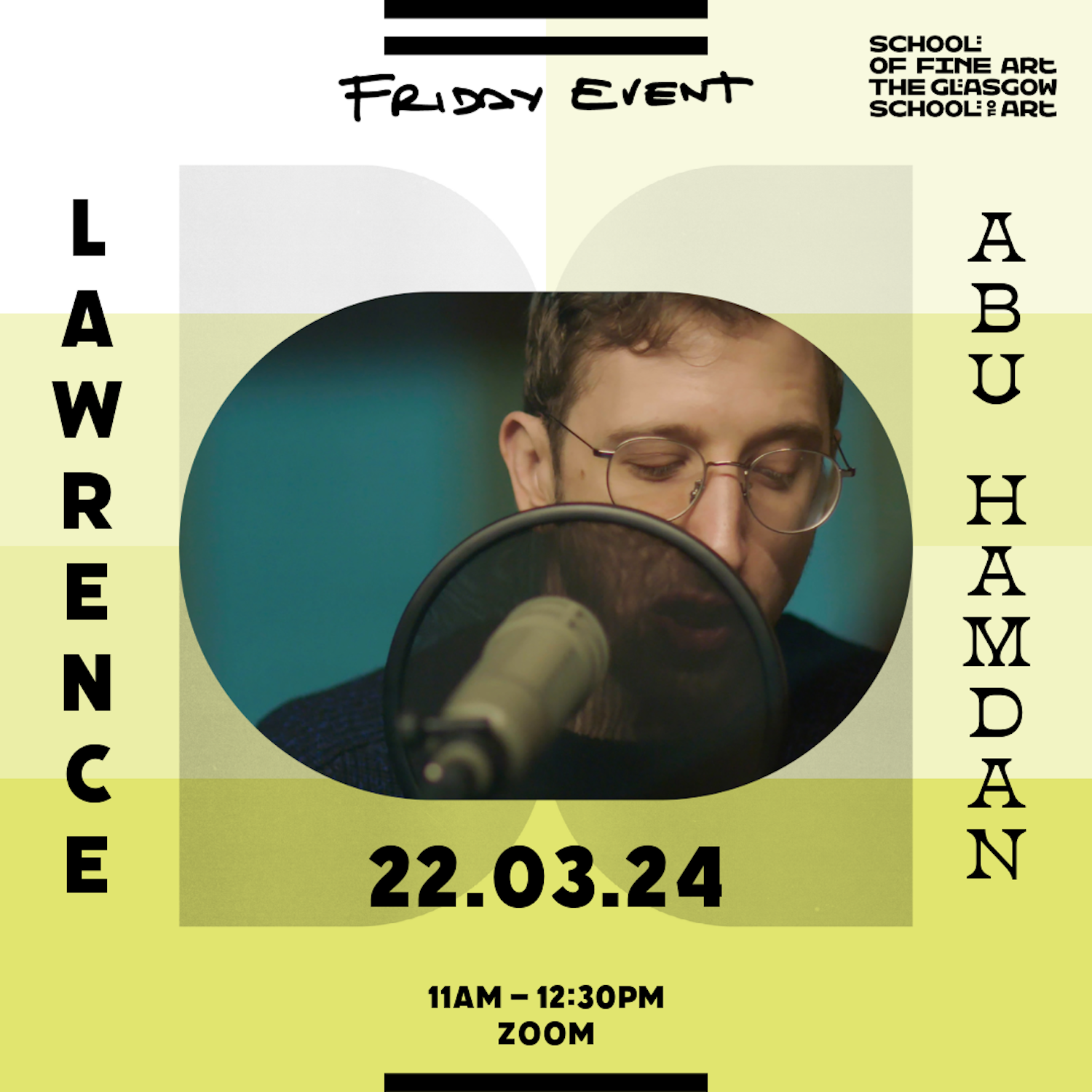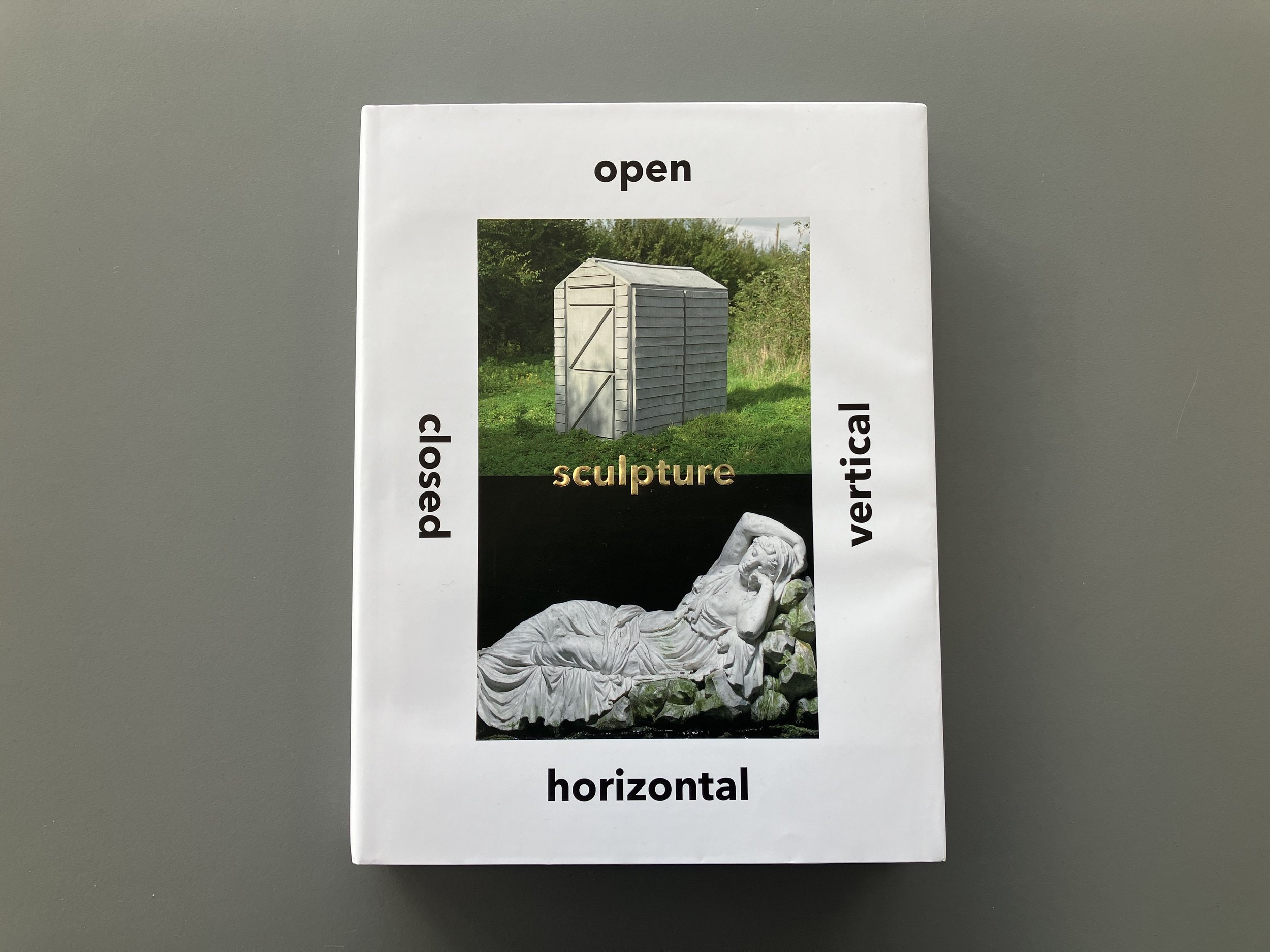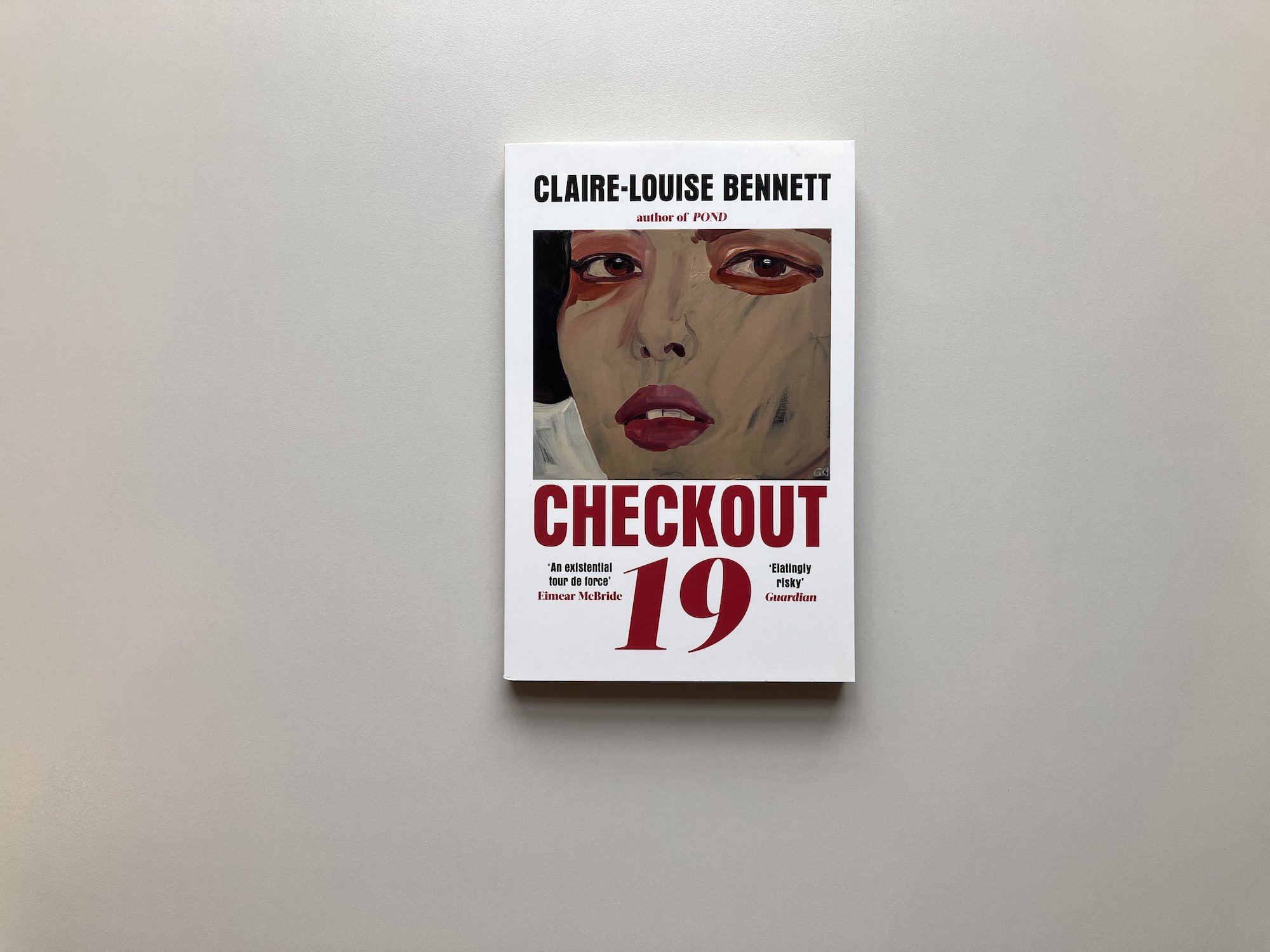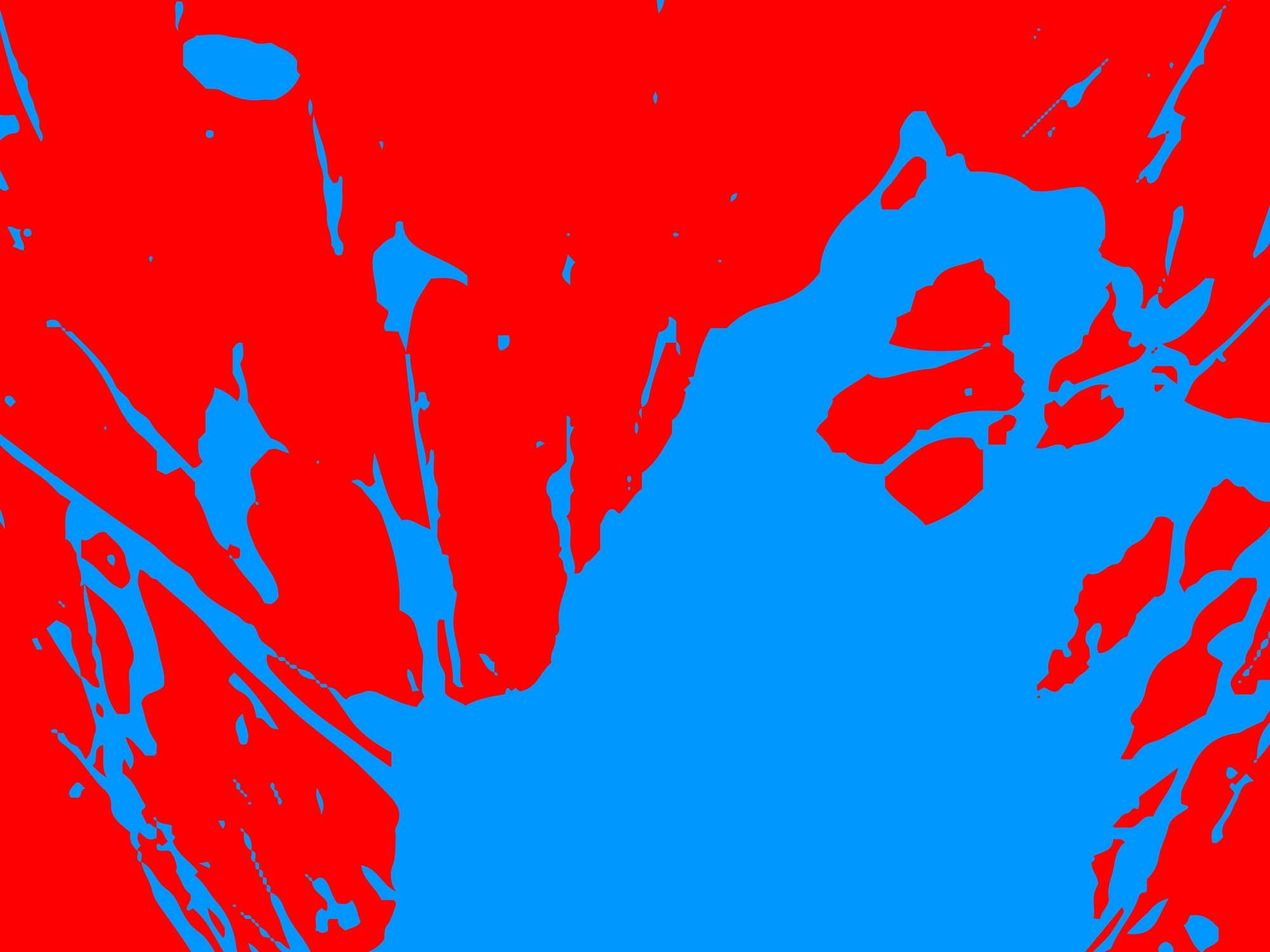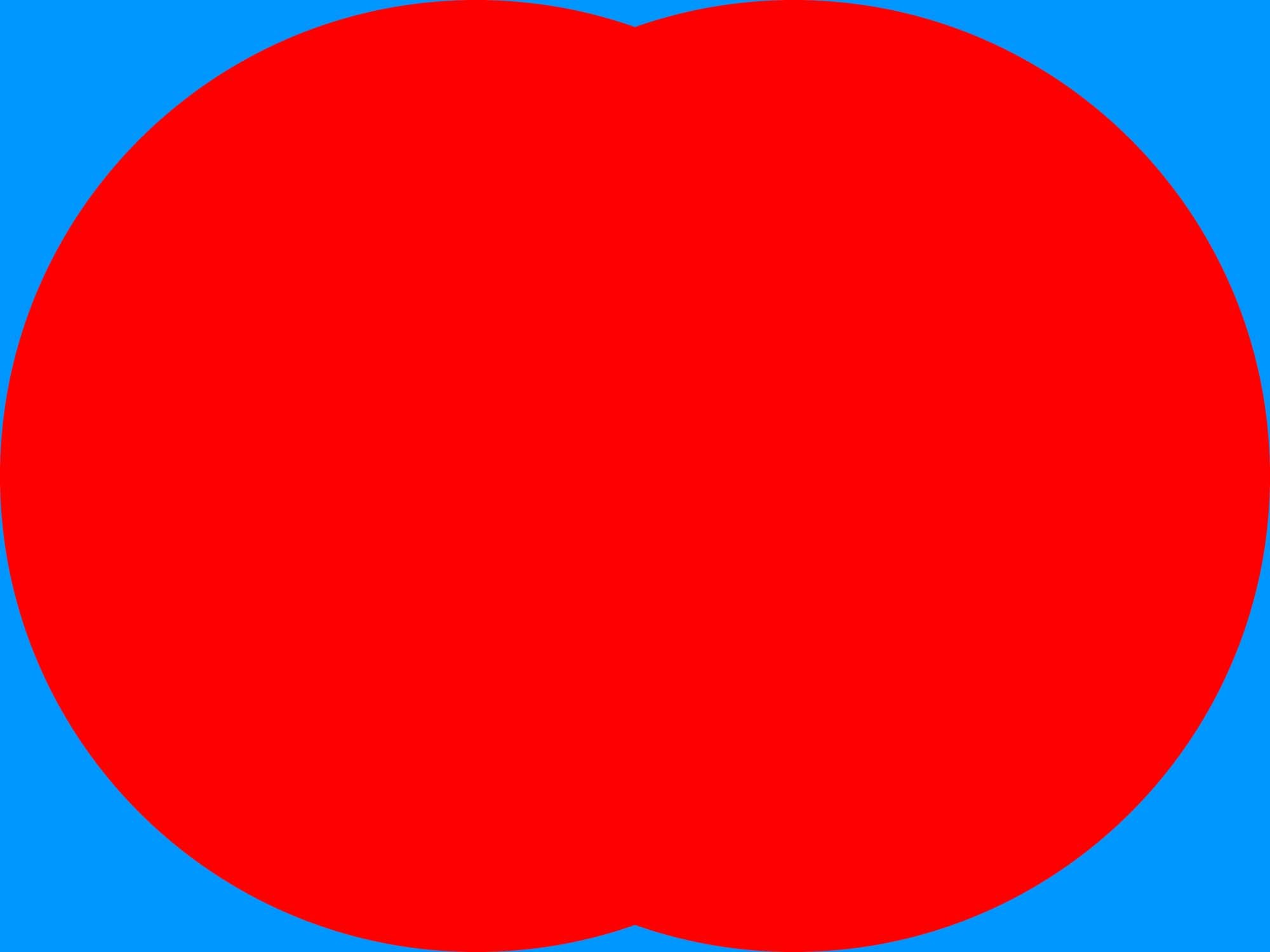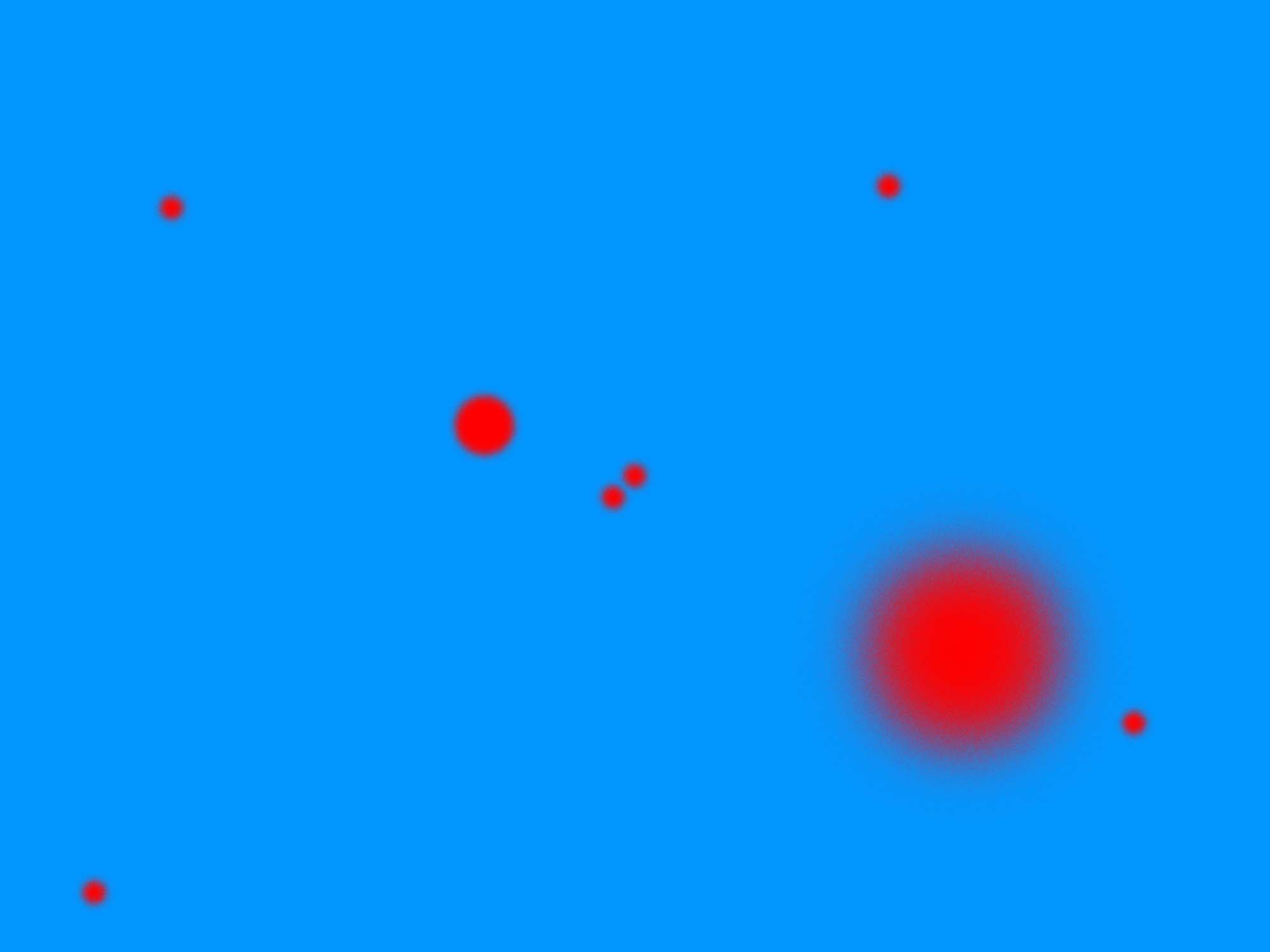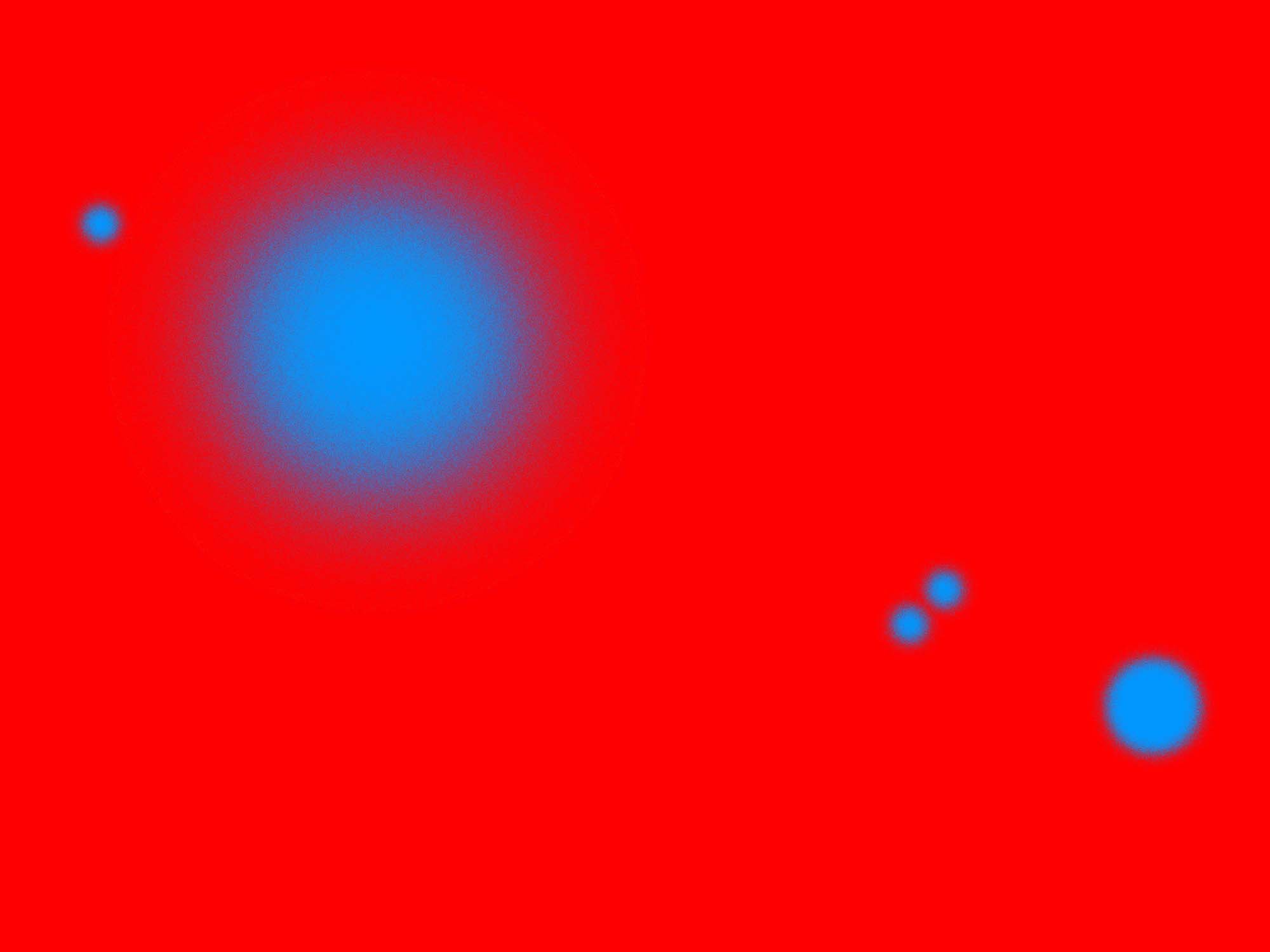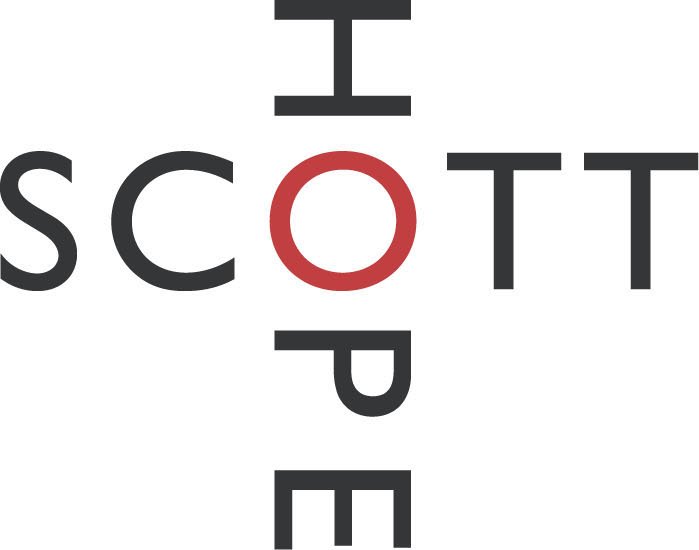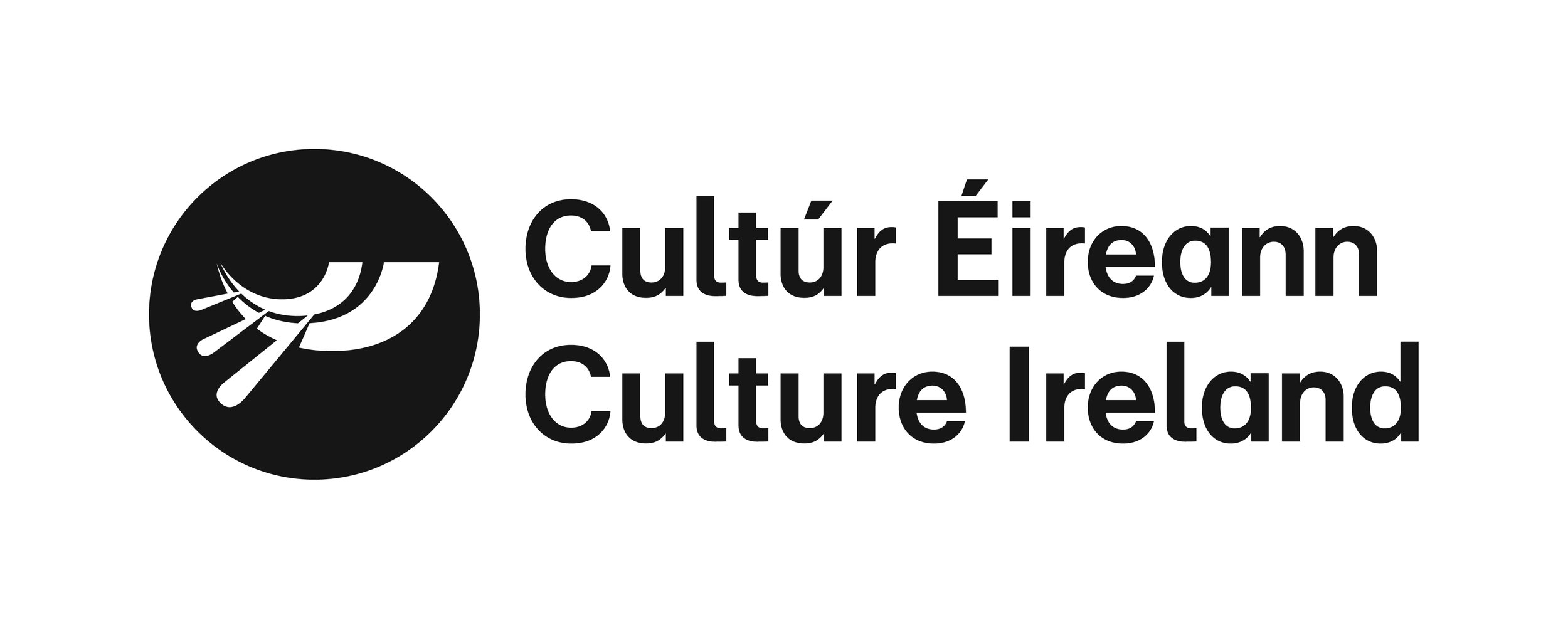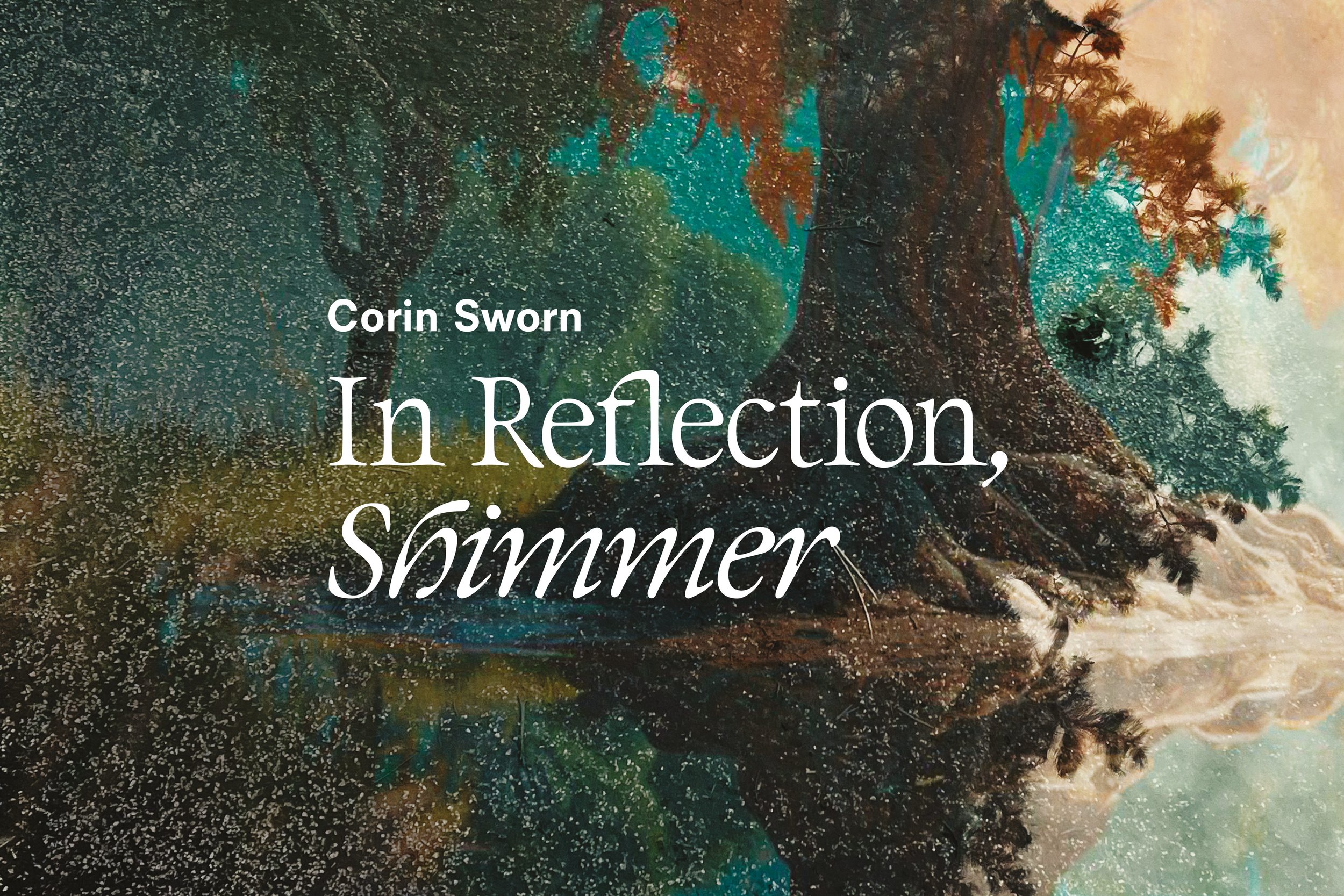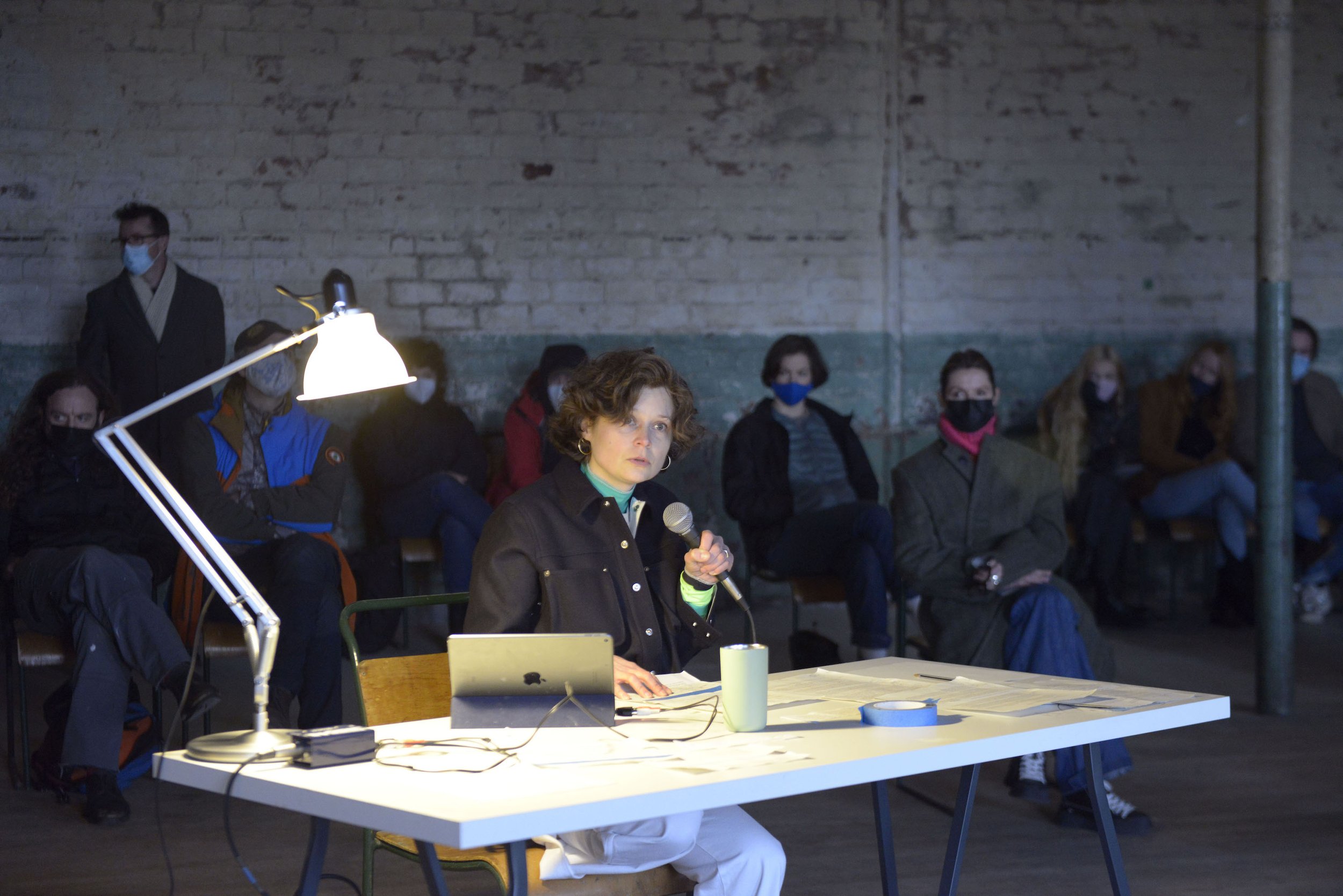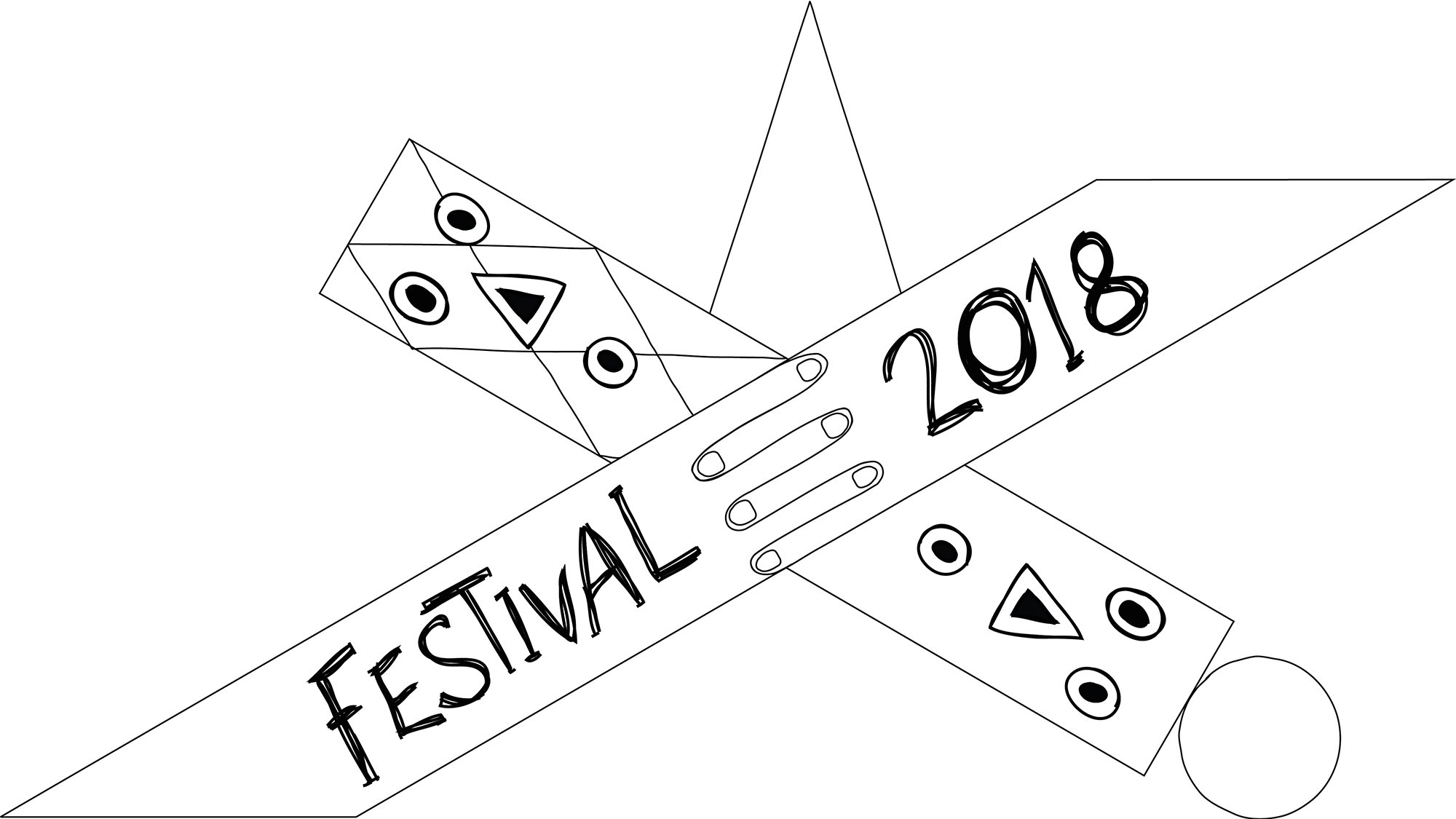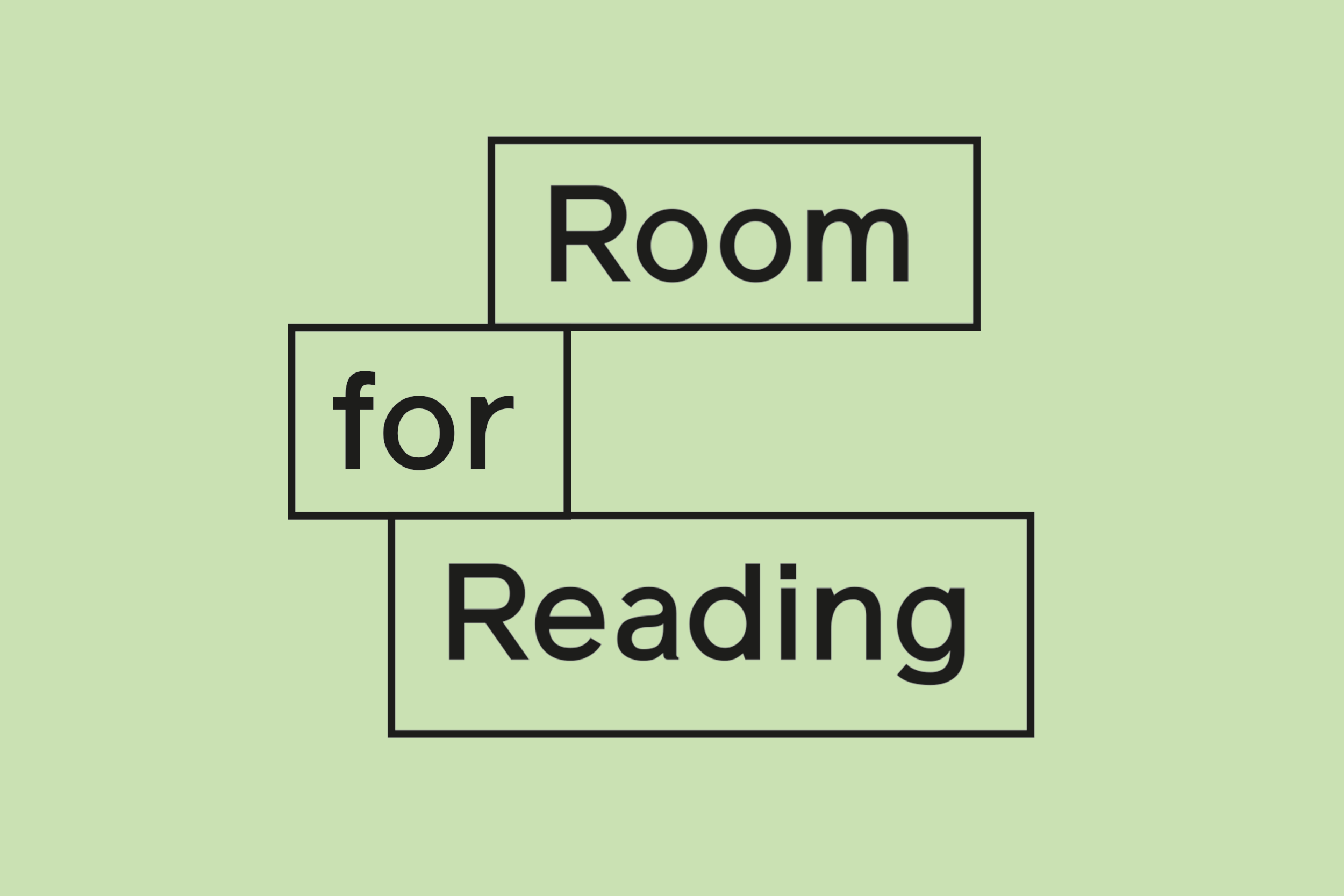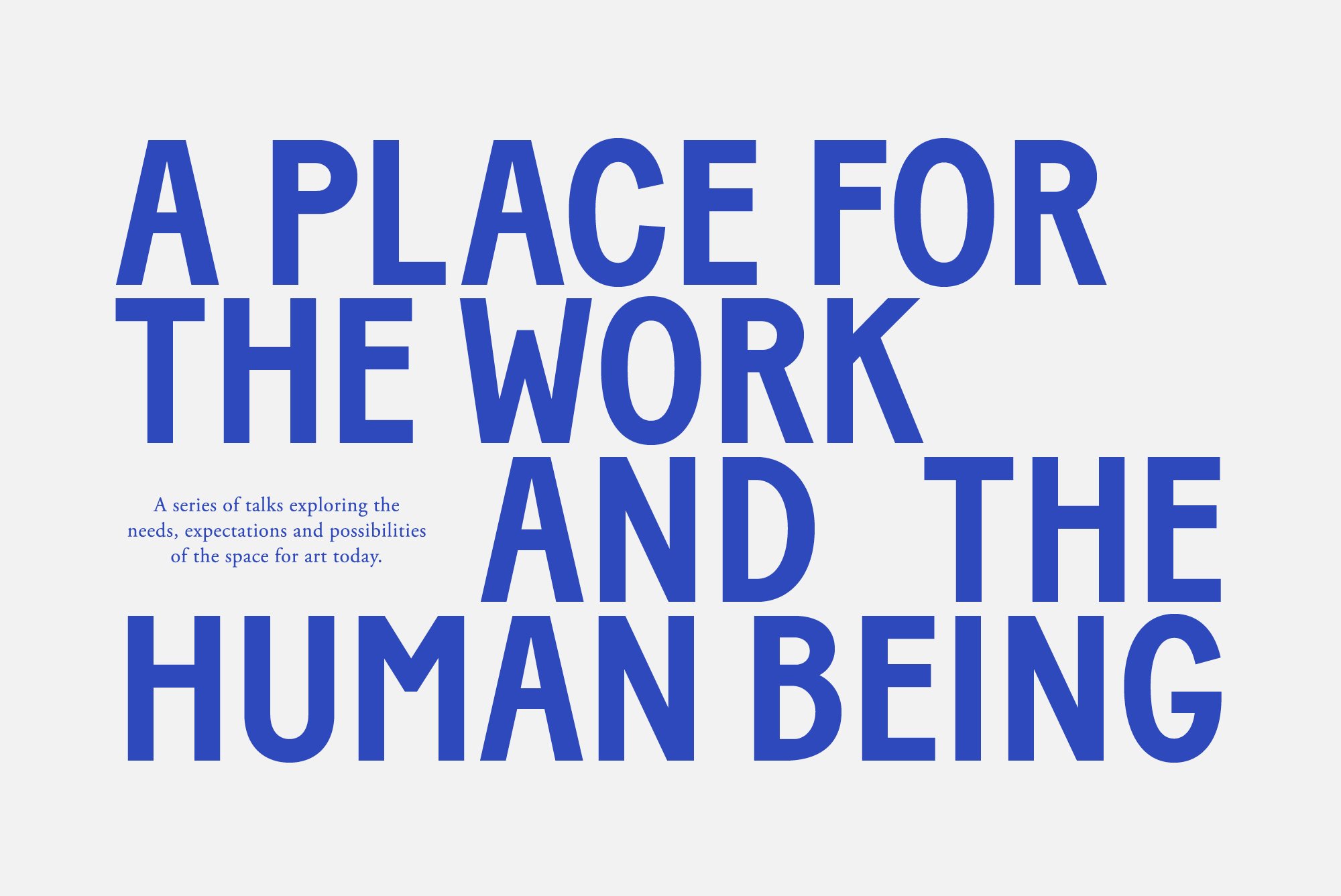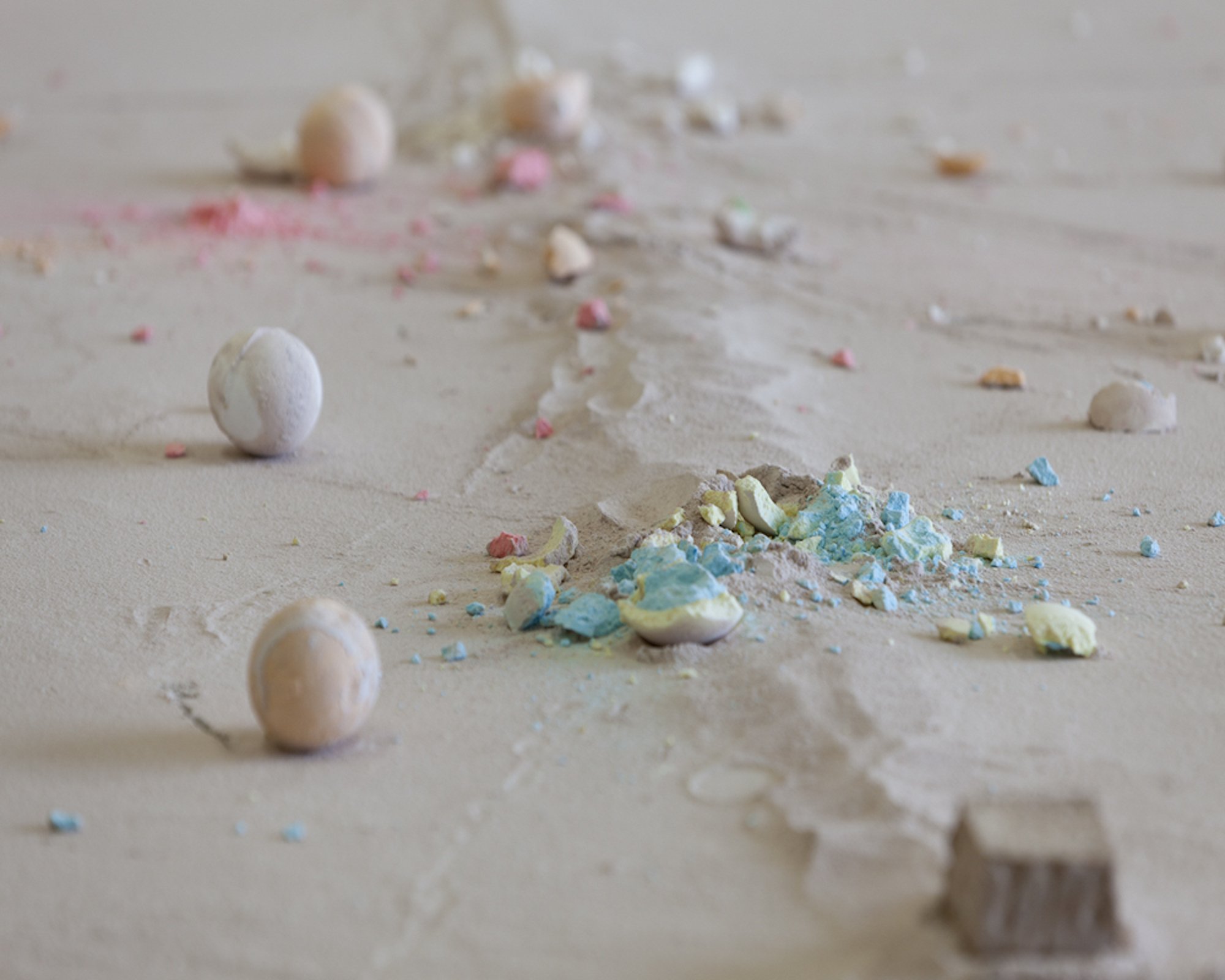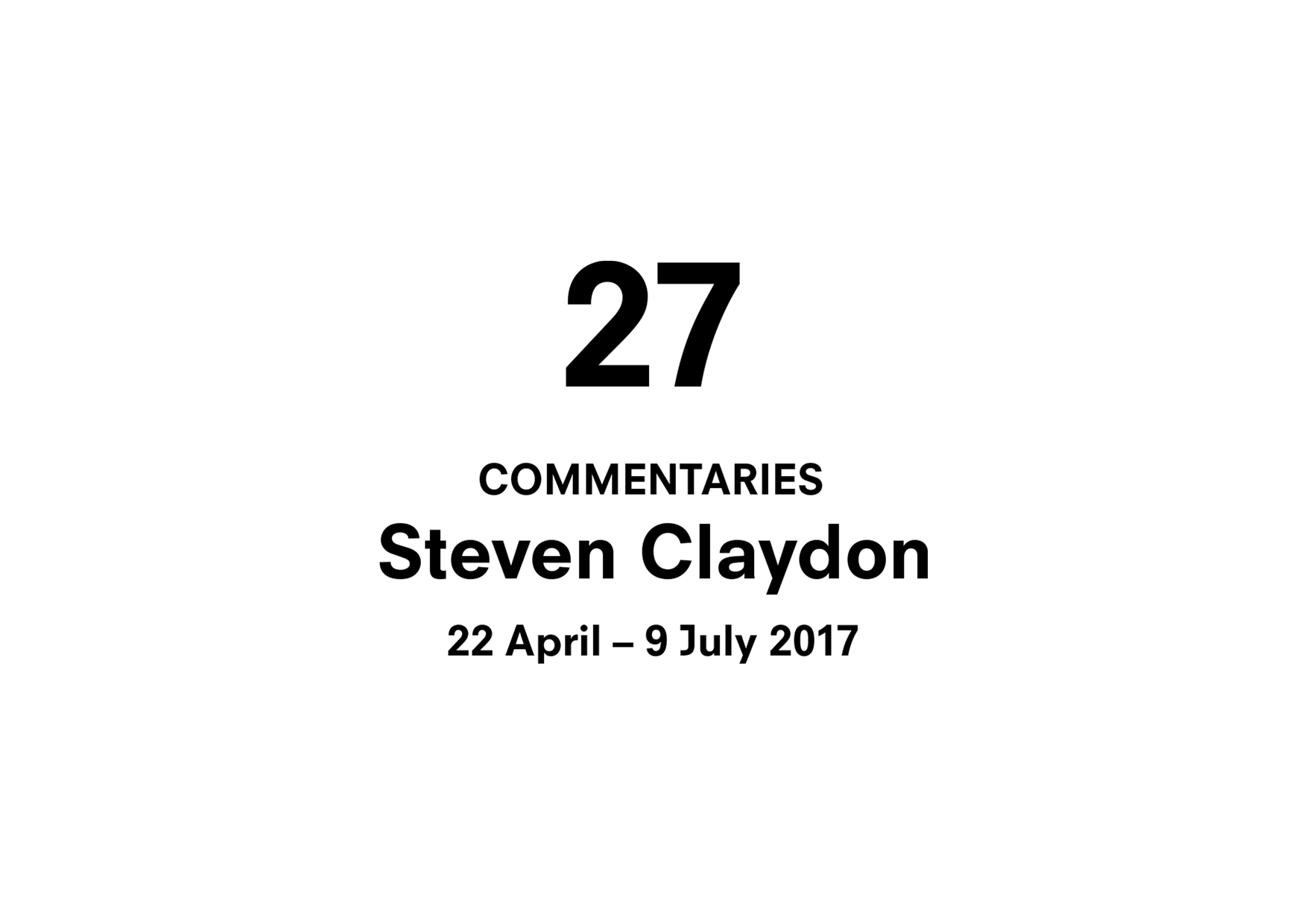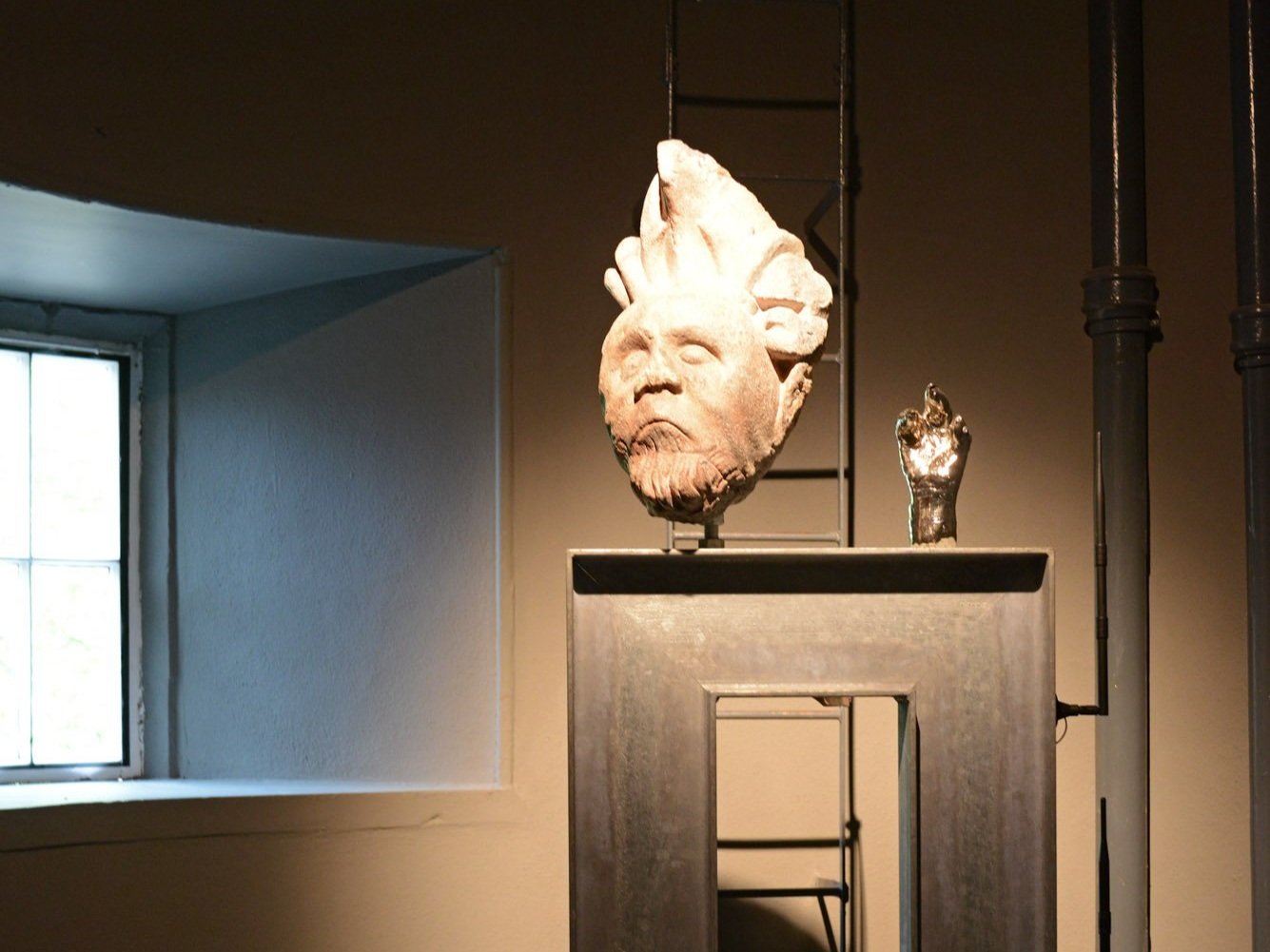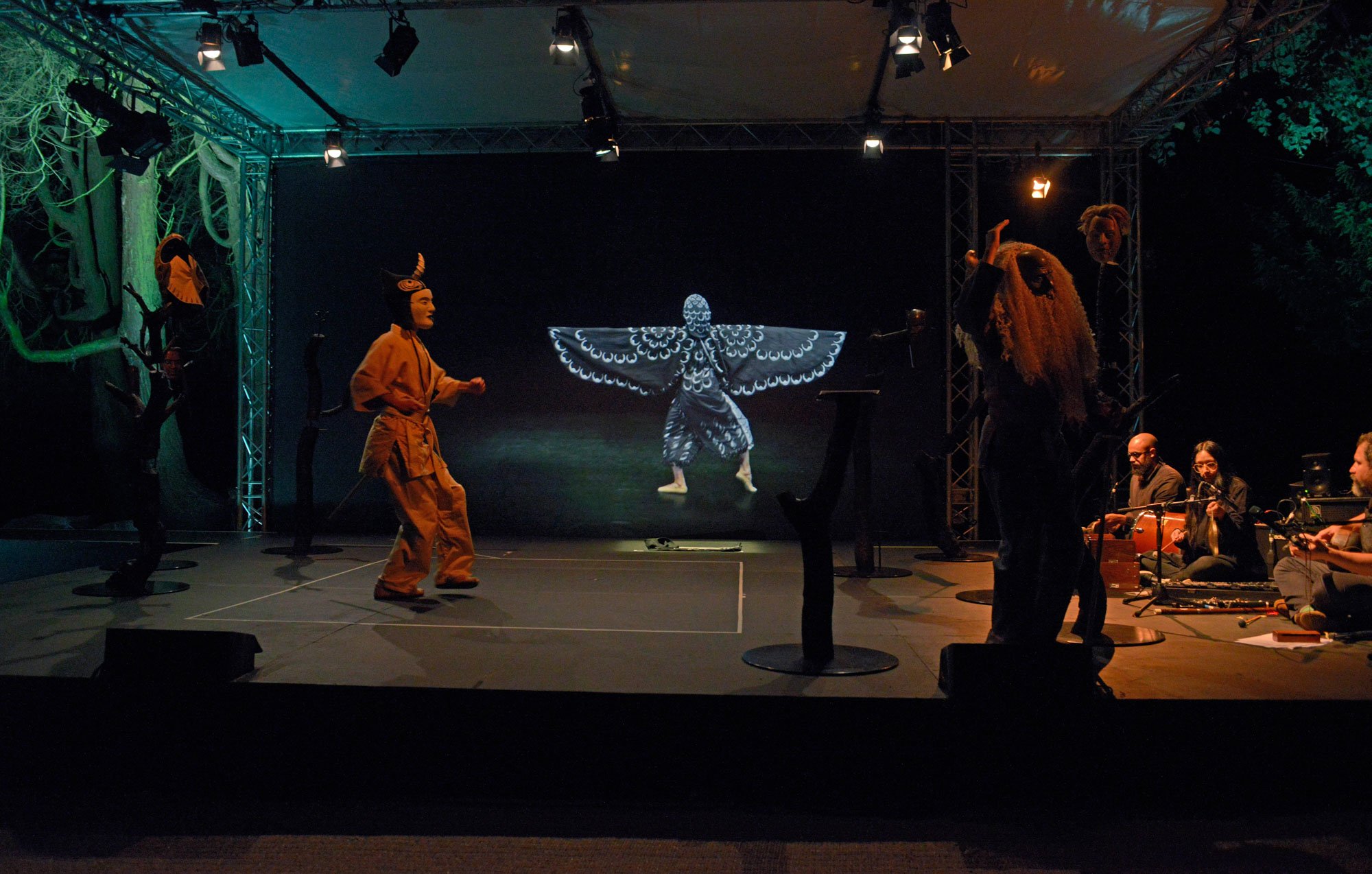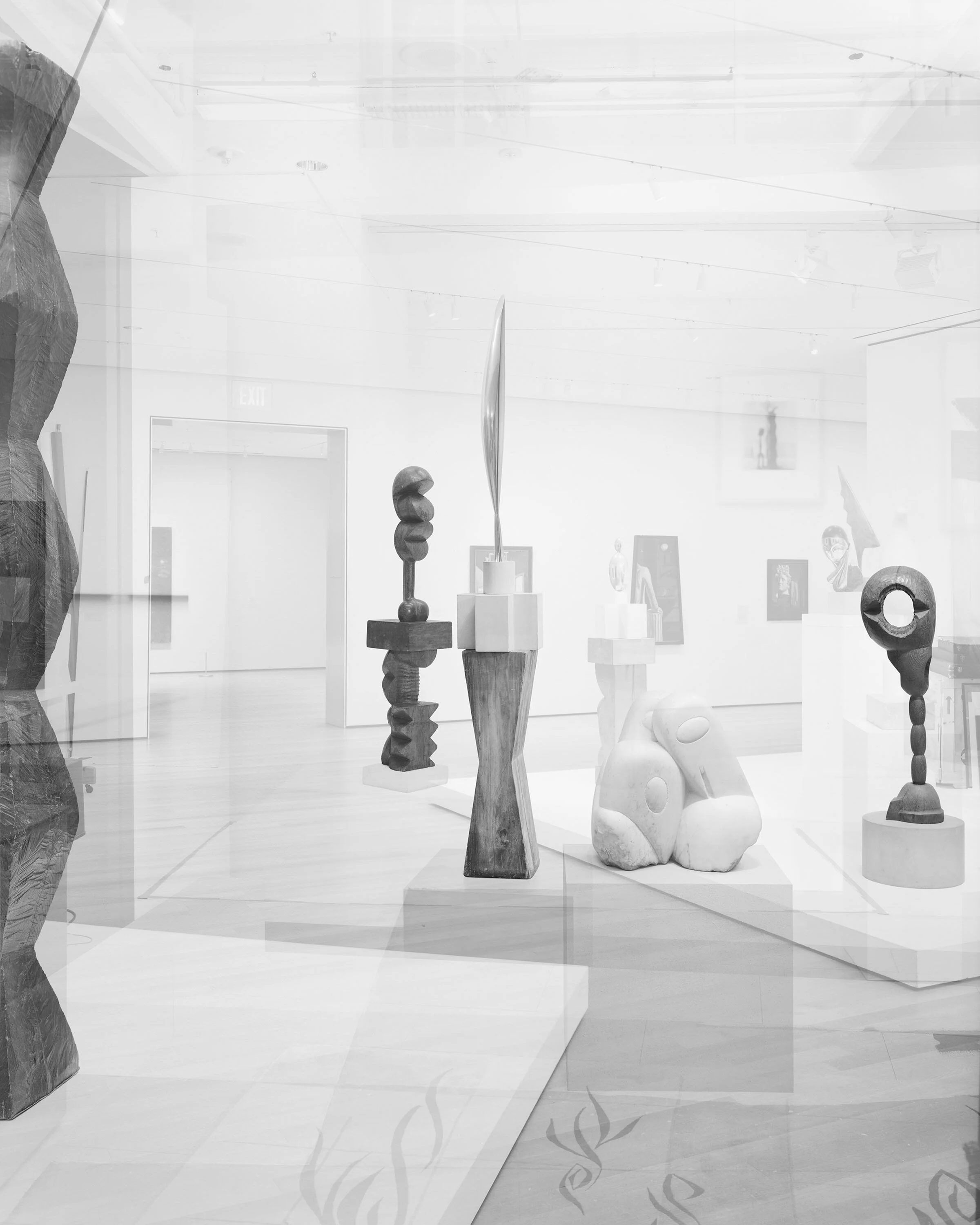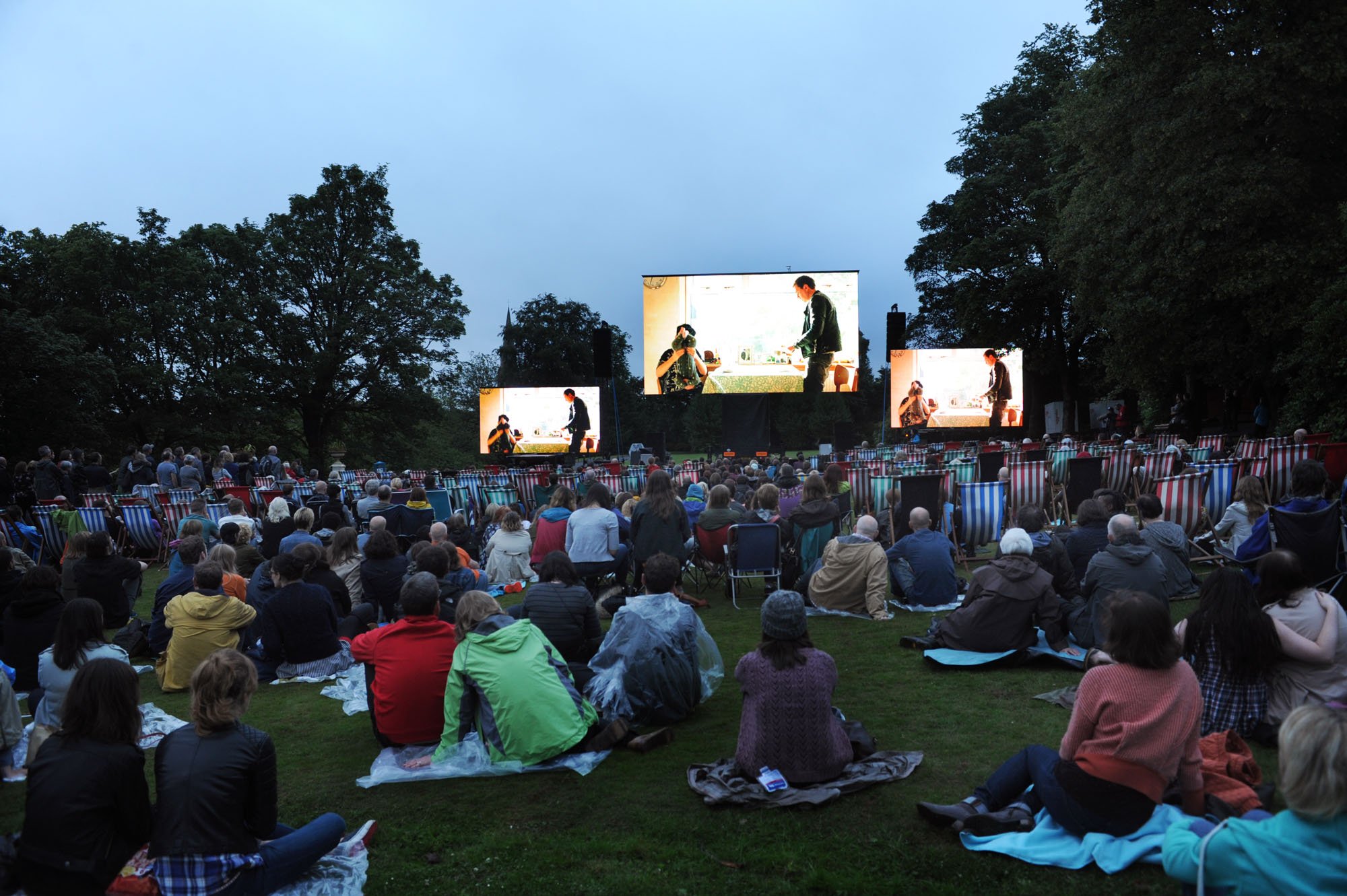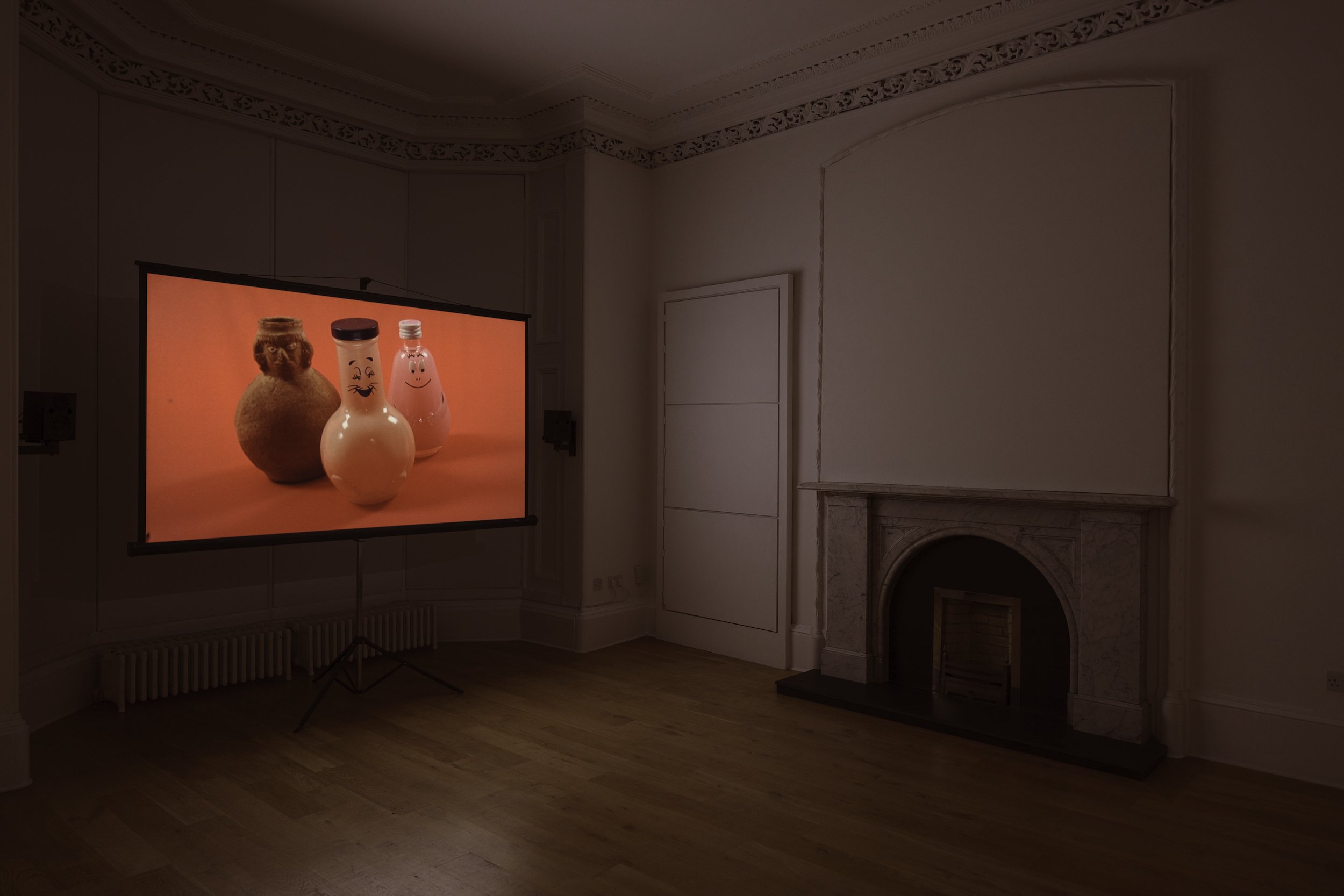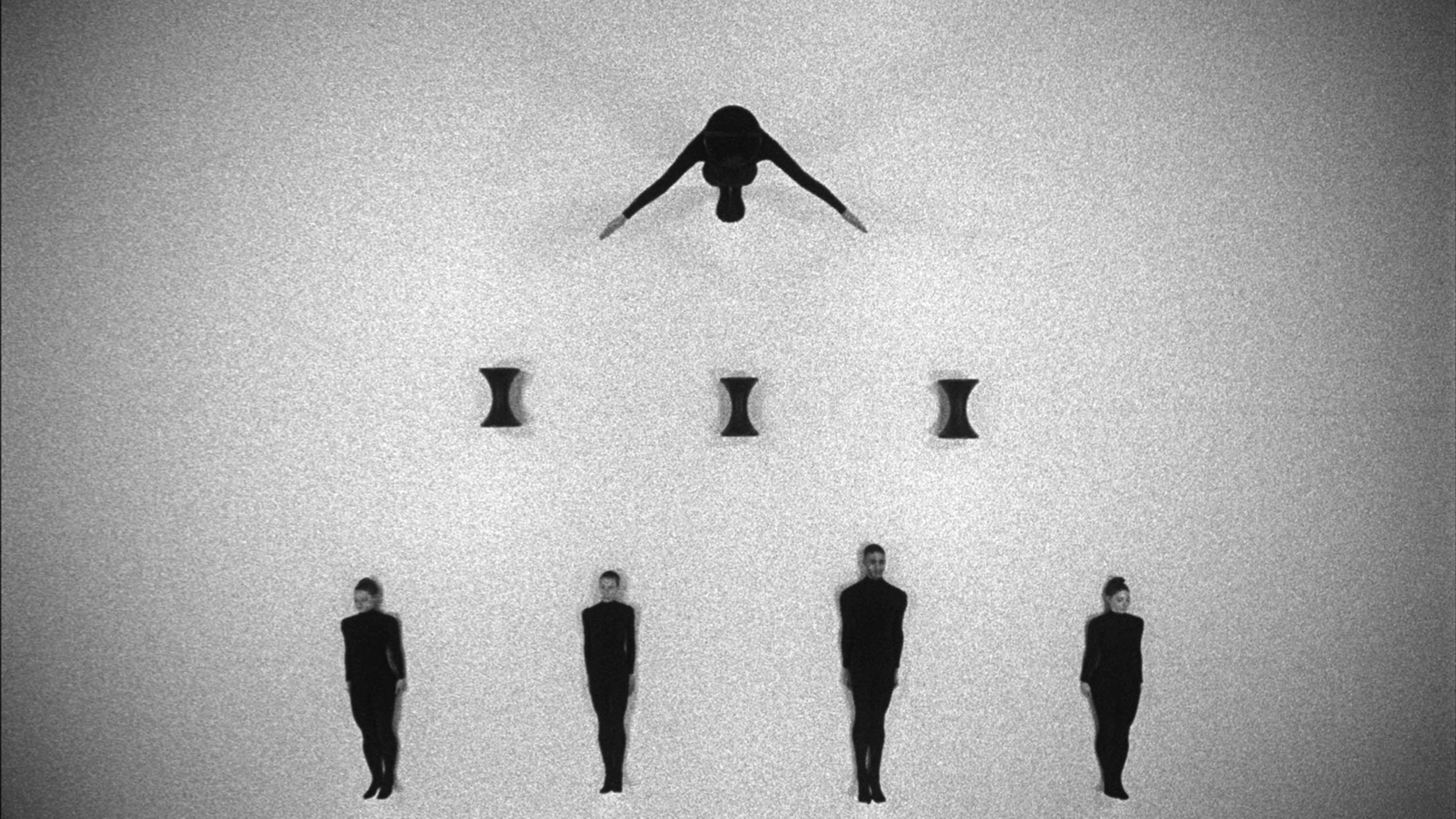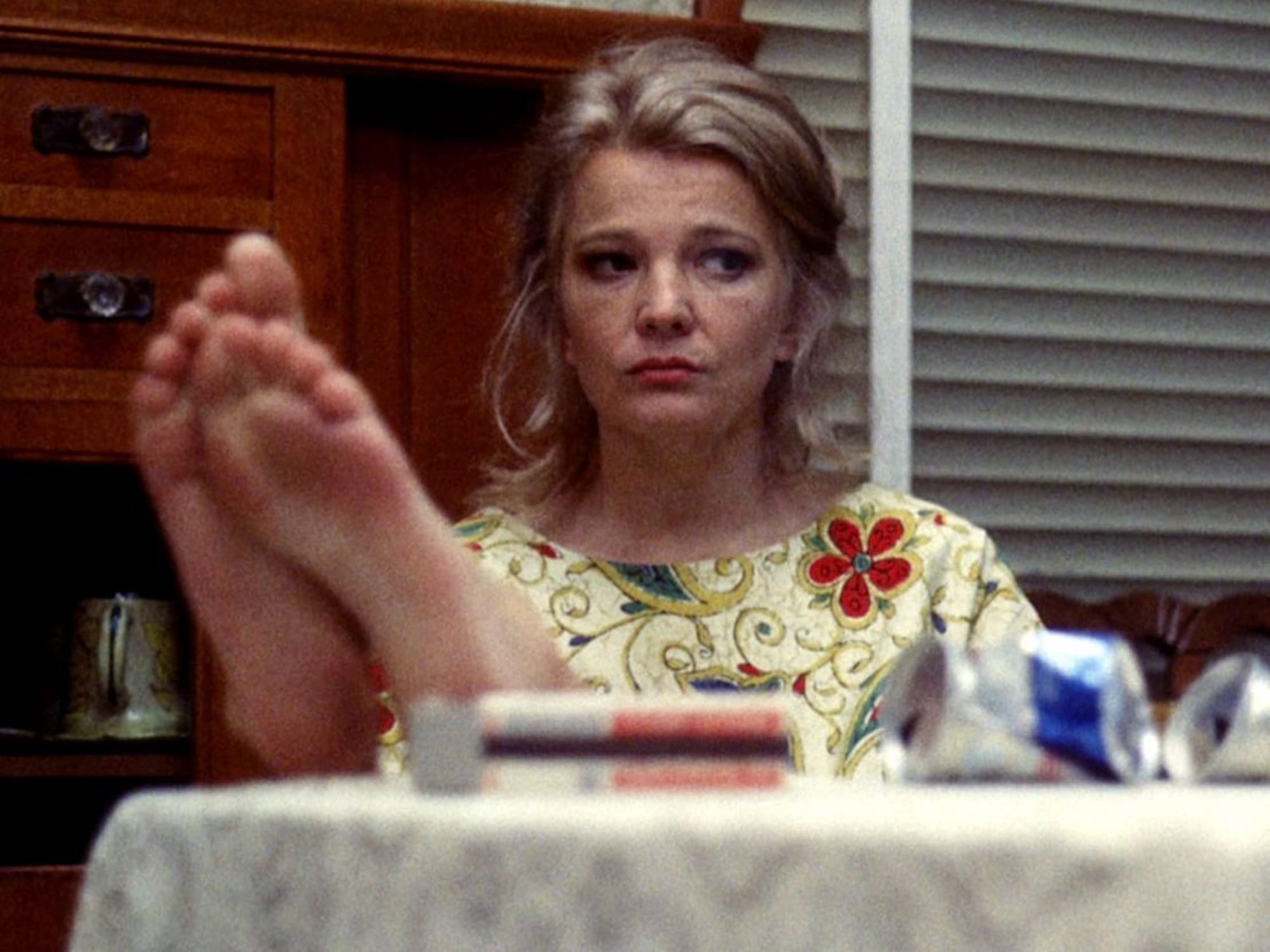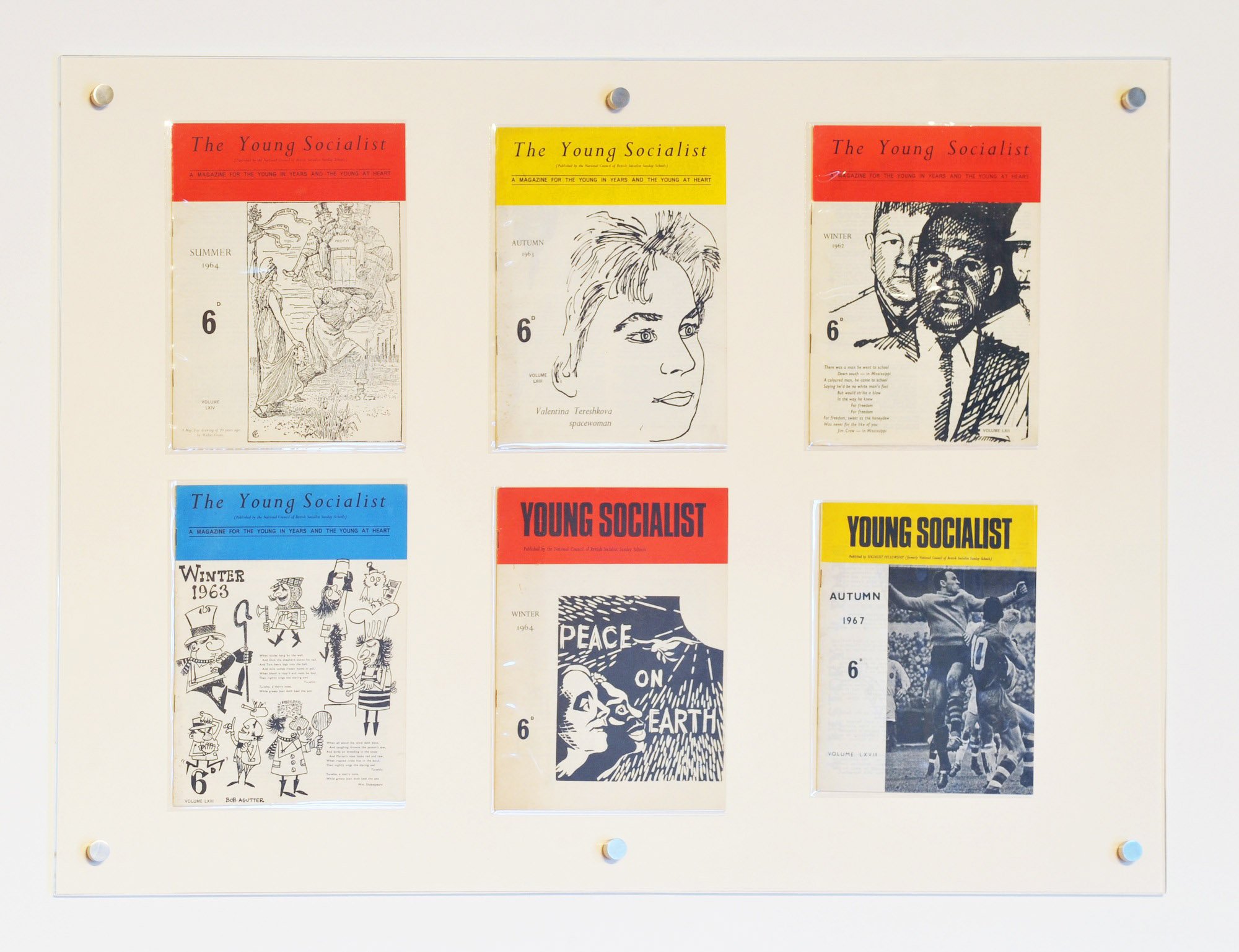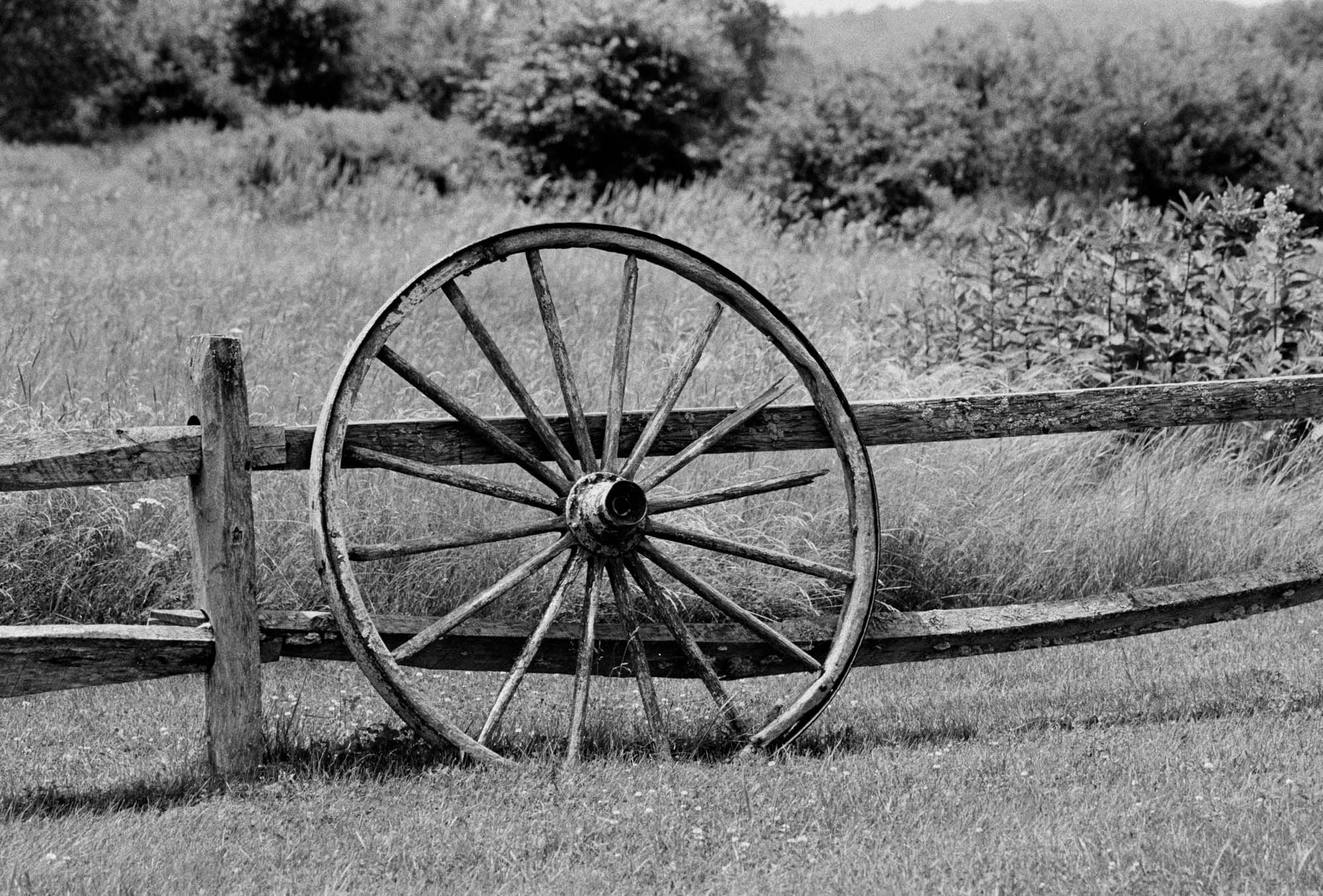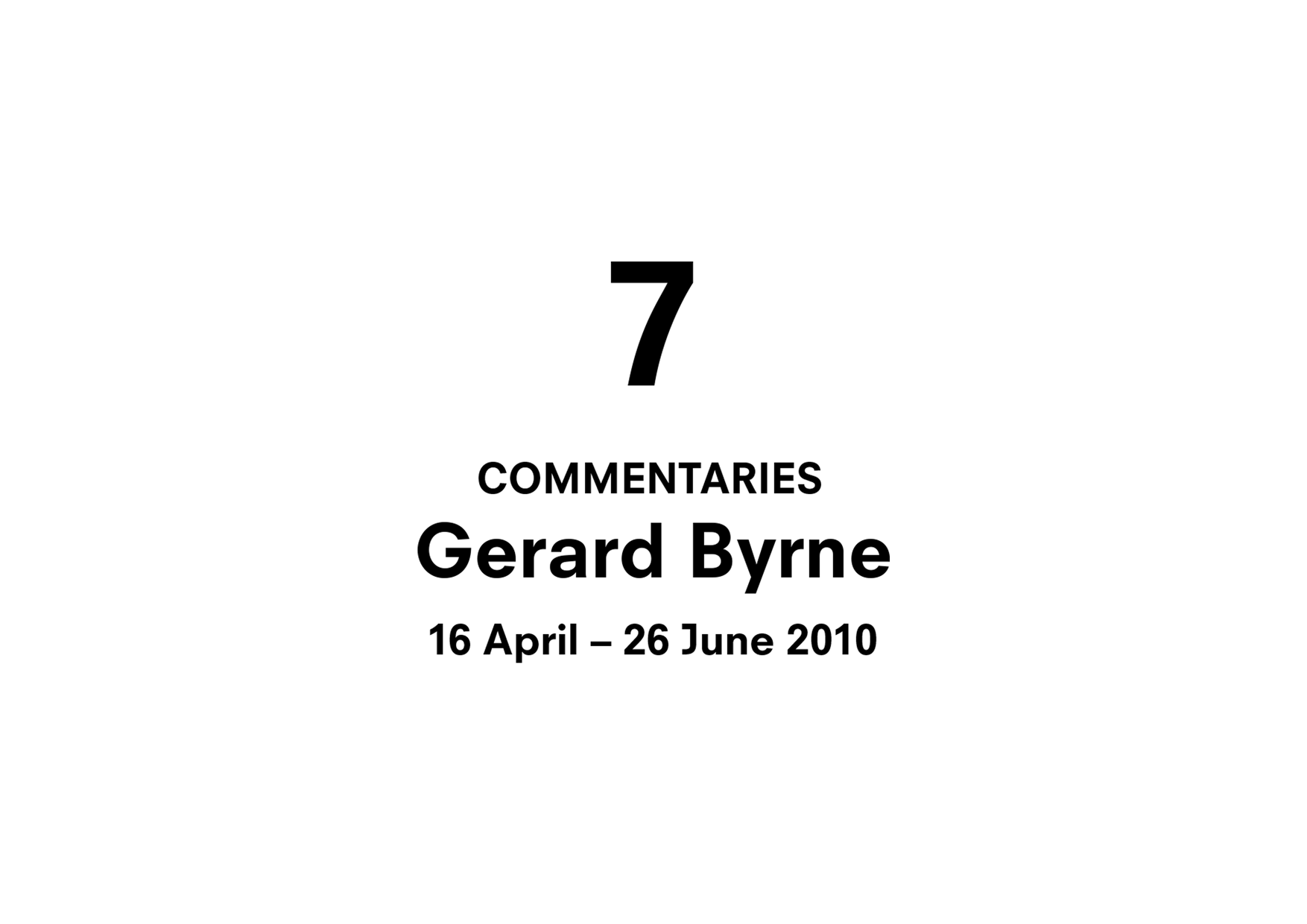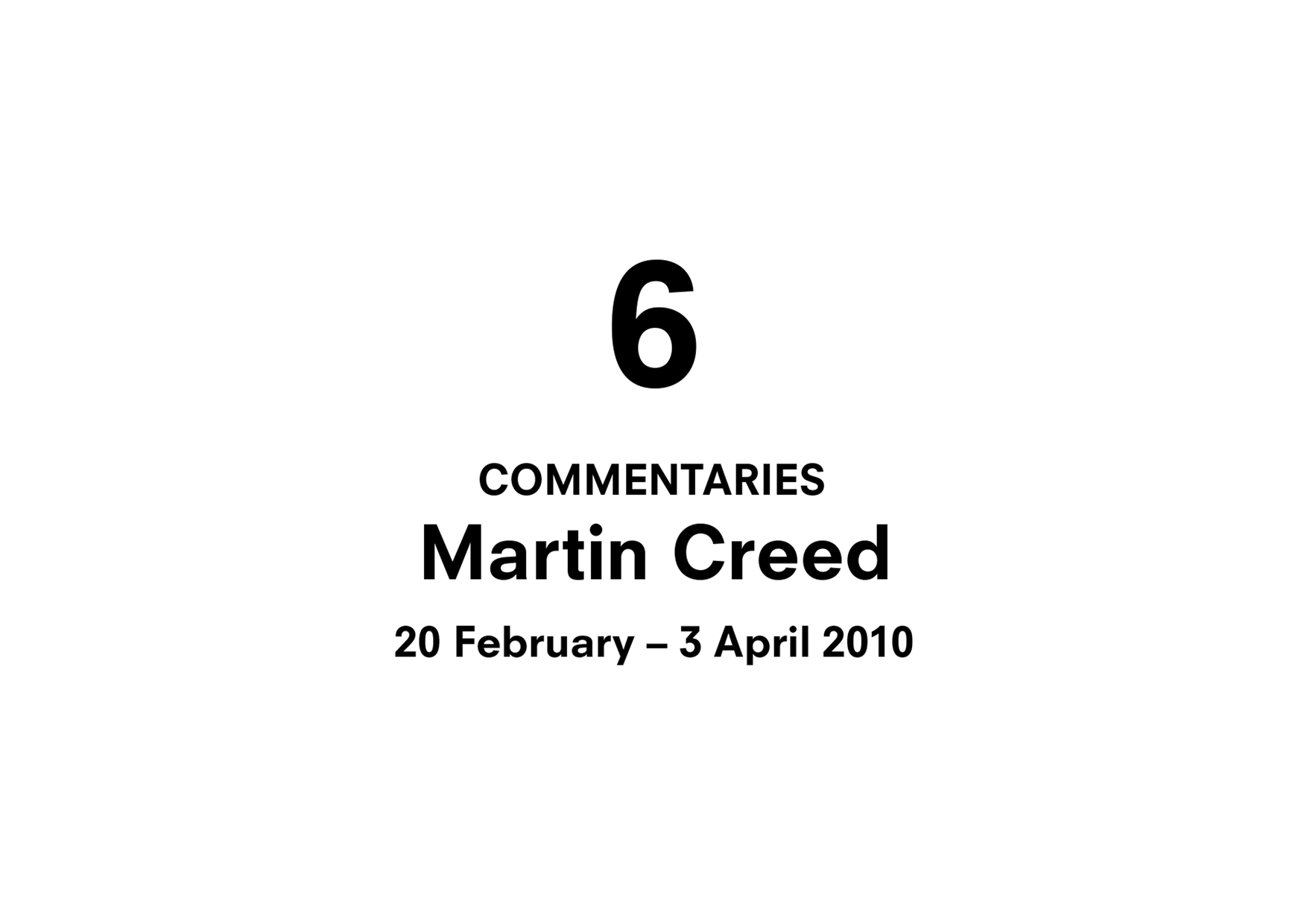
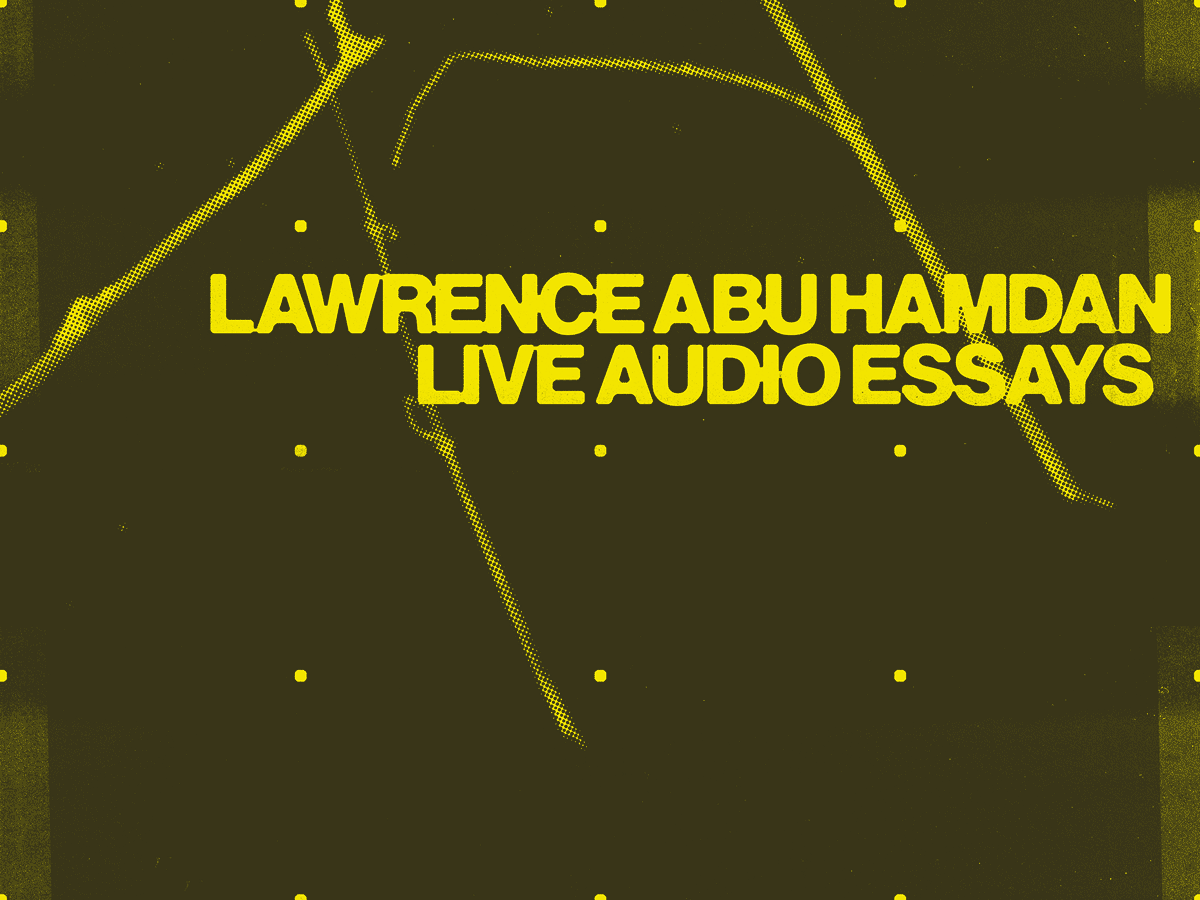
Lawrence Abu Hamdan – ‘Live Audio Essays’
Design: Tom Joyes.
Audio investigator Lawrence Abu Hamdan weaves together urgent political narratives that pivot around acoustic experience and sonic memory. ‘Live Audio Essays’ presents three key live performance works by Abu Hamdan in which sound and politics intersect. Two of the three performances have never previously been performed in the UK.
‘Air Pressure’ (2021), ‘A Thousand White Plastic Chairs’ (2020), and ‘After SFX’ (2018), will each be performed for one night only, each in a different music venue. These performances, delivered by the artist in the form of a monologue or “live audio essay”, present Abu Hamdan’s practice of research and investigative analysis, which is centred around “forensic listening”, auditory evidence and the “ear-witness” as political and legal testimony. Performances feature live percussion and guitar, filmed footage and sound design, with audio conditions enhanced to support careful listening: a conceptual and political tool for the artist.
Performances present narratives and testimonies that detail violence, oppression and aggression, offering strategies for political critique and action. ‘Air Pressure’ draws on research, conducted between May 2020–21, into the aerial soundscape of Lebanon, documenting 22,111 instances of Israeli fighter jets and drones in Lebanese airspace. ‘A Thousand White Plastic Chairs’ draws its scenography from translation techniques deployed during the Nuremberg trials (1945–46) with Abu Hamdan re-performing the asymmetry between technological prowess and the limits of cognitive processing. ‘After SFX’ is prompted by Abu Hamdan’s investigations into crimes that are heard but not seen.
‘Air Pressure’ (2021/2024)
‘Air Pressure’ (2021), the first of the performances, is a diaristic analysis written between May 2020 and May 2021 into the aerial soundscape of Lebanon where, from 2006–2021, there had been over 22,111 instances of Israeli fighter jet and drone violations in Lebanese airspace. Deploying publicly accessible information uploaded to the UN Digital Library, Abu Hamdan’s research and analysis brings this data together for the first time, making clear the scale and intensity of these incursions, and the consistent atmosphere of violence brought to bear across the territory.
Residents of Lebanon live in a state of precarity with the constant background noise of hostile jets and drones overhead. The potential of full-scale aerial bombardment is a daily possibility. Whether they are actively ignoring the noise from above or determined to document the violent aerial machines conspicuously hovering in the near distance, residents have developed modes of resistance.
Abu Hamdan’s account unfolds with live audio processing and countless videos of the rumbling sky, both pulled from open source content and captured by the artist and his team. Abu Hamdan employs the 'atmospheric' both aesthetically and conceptually to explore the ways in which violence is made manifest, reading Lebanon's air as a high pressure nexus in a global weather system.
'Air Pressure' is performed by Lawrence Abu Hamdan with live sound design by Moe Choucair. It has never previously been performed in the UK. With thanks to SWG3.
‘A Thousand White Plastic Chairs’ (2020/2024)
‘A Thousand White Plastic Chairs’ (2020) is performed by Abu Hamdan with electric guitar accompaniments by Fabio Cervi. The scenography for this work – flashing red and yellow lights – is inspired by the system of simultaneous translation deployed during the Nuremberg trials in the aftermath of World War II in 1945–6. This newly developed electronic audio technology enabled simultaneous translation of the trial proceedings from their spoken languages into Russian, French, German, and English.
During the performance Abu Hamdan is illuminated by these lights alone, which command and direct the artist’s speech. The performance departs from this apparatus to examine the inextricable relation between testimony and the technologies by which it is disseminated and distorted. Here, Abu Hamdan re-performs the asymmetry between the speed of the technology – which allowed words to travel through copper cables at 4,600 metres per second – and the speed of the human mind to process what it sees and stores of a given event. ‘A Thousand White Plastic Chairs’ serves as a proposition that the true capacity to bear witness is measured not through acts of coherent testimony and seamless speech but rather through its interruptions and breaking points.
'A Thousand White Plastic Chairs' has never previously been performed in the UK.
‘After SFX’ (2018/2024)
‘After SFX’ (2018) is prompted by sonic evidence, acoustic memories, and Abu Hamdan’s investigations into crimes that had been heard but not seen. The performance explores a series of sounds deriving variously from legal cases and trial transcripts, transhistorical testimonies, and interviews conducted by the artist with earwitnesses. The artist’s earwitnesses include prisoners held in Saydnaya, a brutal prison operated by the Syrian government.
In order to facilitate their testimonies and determine what they heard, Abu Hamdan experimented with pre-existing cinematic sound effects libraries, before developing his ‘Earwitness Inventory’ (2018–ongoing) a self-constructed sound effects library specific to the witnesses’ acoustic memories. The inventory includes everyday objects like a car door, popcorn maker, coins and loaves of bread. These objects operate as sonic analogies, conjuring sounds but also referencing psychological states of mind. A number of objects from the Earwitness Inventory will be activated during the performance.
‘After SFX’ explores sonic recall, and the question of a shared experience of sound. The performance points towards the difficulty of translation and the limits of language, offering a new acoustic vocabulary to articulate witness experience.
‘After SFX’ is performed by Lawrence Abu Hamdan with live sound design by Adam Laschinger and percussion by Iain Stewart. It is presented for the first time in Scotland in a new iteration developed in 2023.
About the artist /
Lawrence Abu Hamdan is an award winning artist, audio investigator and the founder of Earshot, the world’s first not-for-profit organisation producing audio investigations for human rights and environmental advocacy.
Abu Hamdan's work on sound and listening has been presented in the form of forensic reports, lectures and live performances, films, publications, and exhibitions all over the world. He received his PhD in 2017 and has held fellowships and professorships at the University of Chicago, the New School, New York and the Johannes Gutenberg University Mainz, where he developed his research AirPressure.info.
Project Details
Part of Glasgow International 2024 Open Programme.
‘Air Pressure’ was performed at SWG3 on the opening night of Glasgow International, ‘A Thousand White Plastic Chairs’ was performed at Audio, and ‘After SFX’ was performed at Barrowlands at the closing night of GI.
Watch an excerpt of ‘A Thousand White Plastic Chairs’ here –
Watch an excerpt from ‘After SFX’ here -
Read the Commentary by Neil Clements —
Listen to Neil Clements read the Commentary here –
Thanks
With thanks to Fabio Cervi, Moe Choucair, Adam Laschinger, Ambroise Leclerc, Jonny Lyons, Iain Stewart, Duncan Young.
Thanks to Audio, the Barrowlands, SWG3 and Inhouse.
Live captions were provided during performances with thanks to Marta Tycinska.
Related
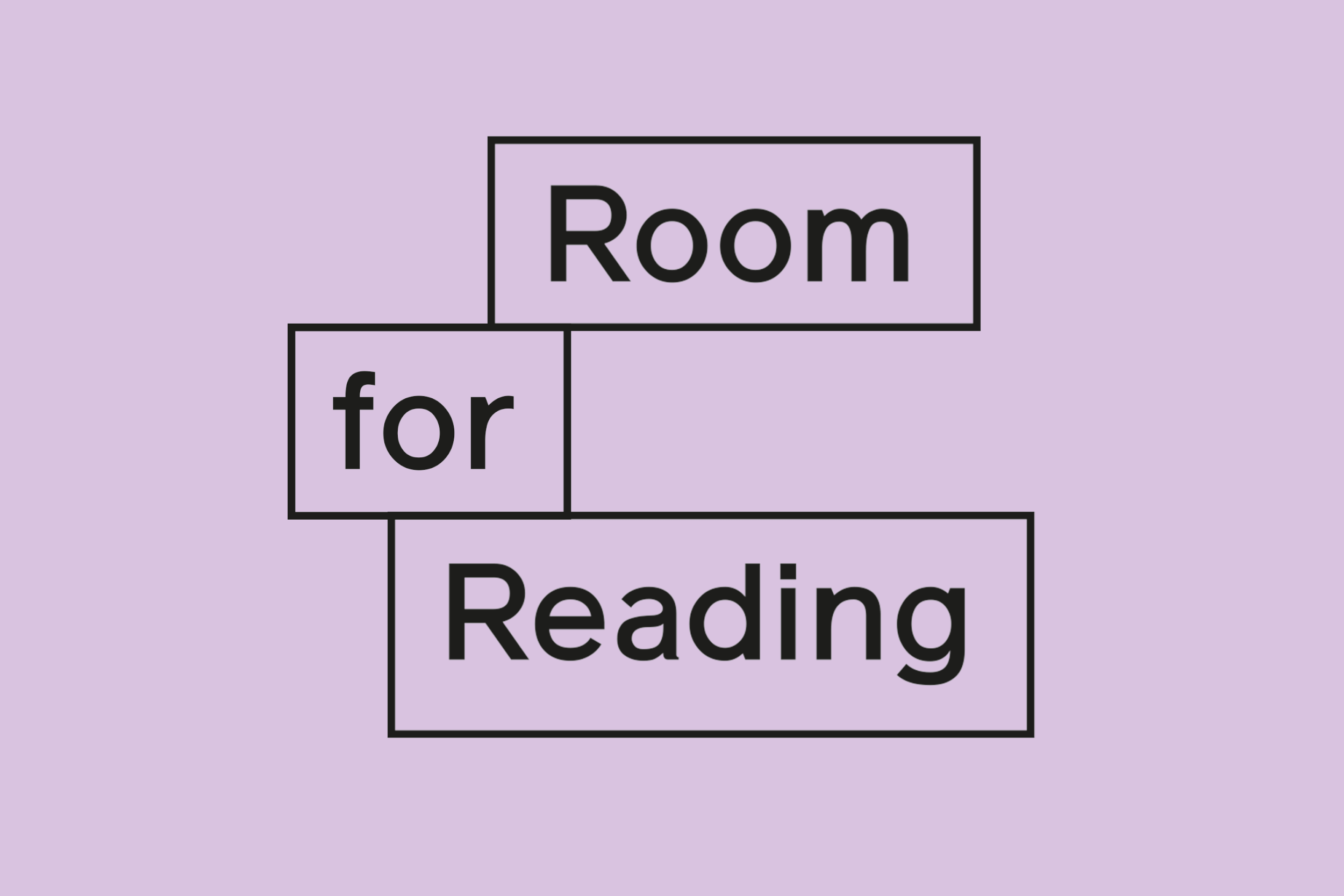
Room for Reading / Nicole Wermers
Design: Maeve Redmond
To accompany Nicole Wermers’ current exhibition ‘Day Care’, the artist shares a selection of recommendations for our Room for Reading.
Wermers selects ‘The Practice of Everyday Life’ by Michel de Certau (1980); ‘The Sphinx in the City: Urban Life, the Control of Disorder, and Women’ by Elizabeth Wilson (1991); ‘Koolhaas Houselife’ by Ila Bêka & Louise Lemoine (2013) and ‘Sculpture Vertical, Horizontal, Closed, Open’ by Penelope Curtis (2017).
Michel de Certau, ‘The Practice of Everyday Life’(1980)
‘The Practice of Everyday Life’ by Michel de Certau (1980)
“I read this book when I was completing an MA at Central St. Martins back in 2000 and it is still relevant to me and my work now, although it is dealing with an entirely physical version of public space and urban life, which is different to our current situation. The ideas about (re-)appropriating architecture, and by extension infrastructure, through spatial acts, and the subversion of given structures and hierarchies, had a direct impact on my thinking about sculpture in relation to the built environment.”
Read ‘The Practice of Everyday Life’ here.
Elizabeth Wilson,‘The Sphinx in the City: Urban Life, the Control of Disorder, and Women’(1991).
‘The Sphinx in the City: Urban Life, the Control of Disorder, and Women’ by Elizabeth Wilson (1991)
“I have for a long time been interested in the relationship of the (female) body to (urban) space and its infrastructure. The idea of the female flaneur somewhat awkwardly coined Flaneuse which has in the last 10 years been taken up in several writers of fiction, non-fiction and auto-fiction, is very interesting to me. This book from 1992, about how 19th century urban concepts and designs were closely linked to the question of how to control women in the city, paved the way for looking beyond the city as a structure which endlessly reproduces a male perspective. Plus: smashing title (with obvious references to my ‘Reclining Female’ sculptures).”
'Koolhaas Houselife’ by Ila Bêka & Louise Lemoine (2013)
“The basic concept of this film, to look at (great) architecture from the perspective of the people who clean and maintain it, is actually something that I outlined as a proposal for a film of my own back in 2006 when I applied for a residency at the Schindler House in Los Angeles. I didn’t get the residency and subsequently abandoned the project. A couple of years ago I happily discovered this film by Ila Bêka and Louise Lemoine who (obviously unaware of my project) documented the cleaner and caretaker Guadalupe Acedo of the Rem Koolhaas designed Maison a Bordeaux.”
Watch the trailer for ‘Koolhaas Houselife’ above.
Penelope Curtis, ‘Sculpture Vertical, Horizontal, Closed, Open’(2017).
‘Sculpture Vertical, Horizontal, Closed, Open’ by Penelope Curtis (2017)
“Despite thinking about (hidden) structures in the socio-economic reality of today’s urban environment, I like to think my work is still all about sculpture. I first experienced this book by Penelope Curtis as a series of lectures given by her at the National Gallery in London in maybe 2014 or 2015. I love that it divides the fundamentals of sculpture into basic orientations of volume in space. It is written from an art historian’s perspective, but you can tell she is also a total fan of the medium. Naturally relating to the reclining females, I was particularly interested in the horizontal as a sculptural category, especially its origins in effigies and tomb sculpture, but also the literal ground or floor that she relates to the threshold of life and death. Visible and invisible thresholds, are something that I have referred to often in my work, especially between public and private space in our late capitalist cities.”
Watch Penelope Curtis speak at the Hepworth Research Launch on ‘Beyond Sculpture’ here.
Details
In conjunction with our projects, exhibitions and events, Room for Reading offers artists we work with an opportunity to contribute to The Common Guild library and share the books and resources that have influenced their artistic practice.
Every artist’s selection is added to The Common Guild’s expansive reference library of artist books, catalogues, and cultural and critical theory.
Related
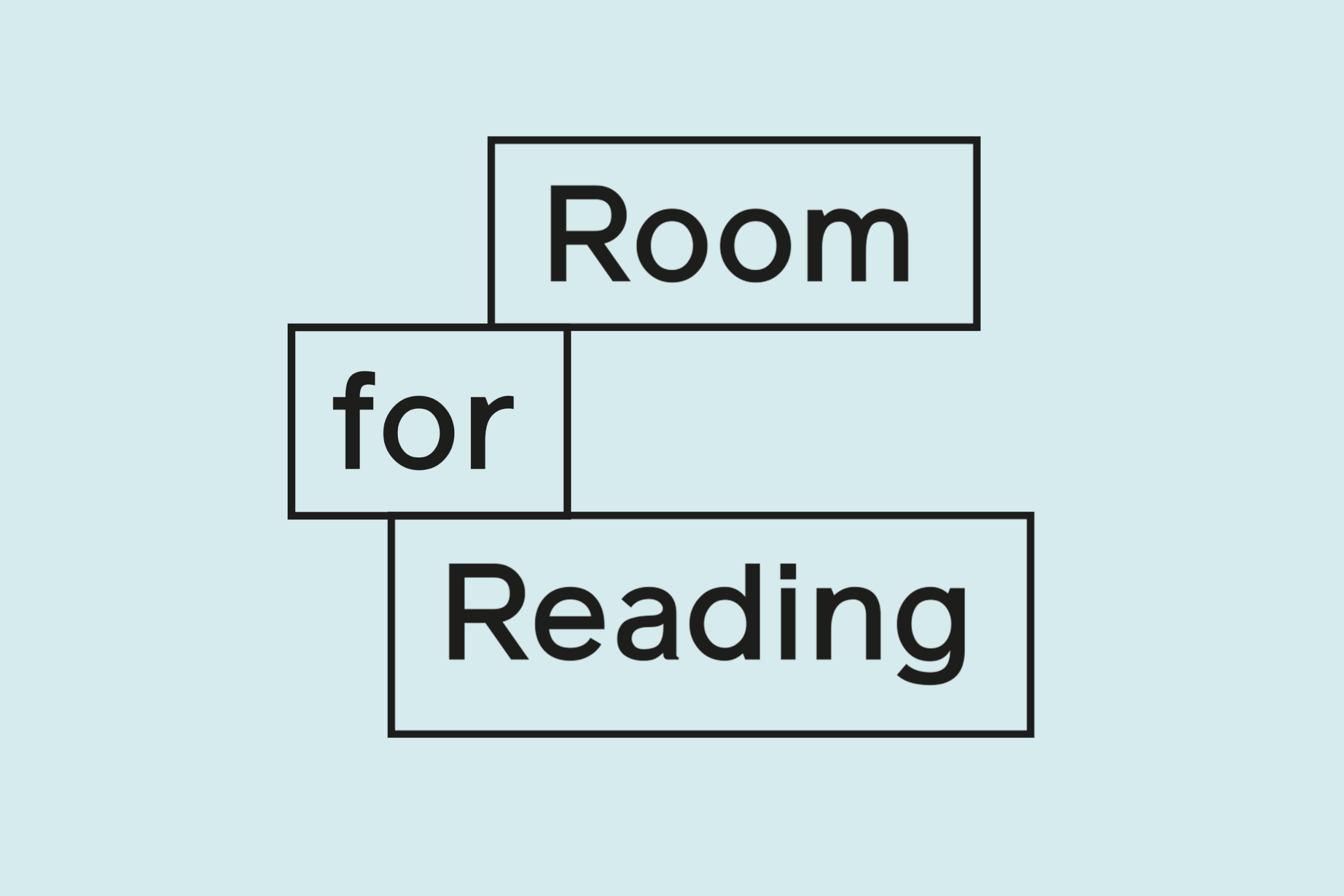
Room for Reading / Sean Edwards
Ahead of his commission as part of ‘anywhere in the universe’, our project looking at the present, past and future of the public library, Sean Edwards shares his recommendations for our Room for Reading.
Edwards selects ‘Index Cards’ by Moyra Davey (2020); ‘Acting Class’ by Drnaso (2020); ‘Libraries of Light’ by Alistair Black (2019); ‘Checkout 19’ (2021) by Claire-Louise Bennett and ‘Help for the Dyslexic Adolescent’ by E.G Stirling (1987).
Moyra Davey, ‘Index Cards’. (2020)
‘Index Cards’ (2020) by Moyra Davey
“I always return to Moyra Davey’s writing. Particularly her writing about reading. There is something about her style and approach that is akin to reading itself. She places the reader in the context of her own reading which in turn informs the text, taking the reader on a research narrative journey guided by her. Until this collection was published the writings were spread across numerous books and catalogues, but to have this collection in one place is like a small gift and one that is never far from my side.”
Listen to Moyra Davey on the Magic Hour podcast here.
Watch ‘Hemlock Forrest’ (2016) by Moyra Davey here.
Nick Drnaso, ‘Acting Class’. (2020)
‘Acting Class’ (2020) by Nick Drnaso
“Graphic Novels and picture books in general were my way into reading, and as a child of the 1980’s I mined the library for the small selections of ‘comics’ that they had in stock. Thankfully for young adults there are now far greater selections of these books at libraries. I still prefer to read images and Drnaso’s ‘Acting Class’ published last year is one that has remained with me. The sparse artwork and disorientating narrative arc about a group of strangers collected together through their attendance at an amateur acting class is both beautiful and deeply unsettling.”
Read an excerpt from Nick Drnaso’s ‘Acting Class’ here.
Alistair Black, ‘Librareis of Light: British Public Library Desig in the Long 1960s’. (2019)
‘Libraries of Light’ (2019) by Alistair Black
“Black’s book looks at the emergence of a new type of architectural design for British Public libraries in the 1960’s that broke with traditions and began to consider a new type of design. The book features a range of case studies, including Cardonald Library in Glasgow, to illustrate Black’s idea of ‘libraries of light’. Within the book, he proposes that the particular architectural design of these spaces convey the principles of a shared social egalitarianism.”
Read Alistair Black on the importance of public libraries in Apollo Magazine here.
Claire-Louise Bennett. ‘Checkout 19’.(2021)
‘Checkout 19’ (2021) by Claire-Louise Bennett
“This is a book about books, and about reading. It is also about the transformative power of books as objects. Bennett’s writing is recognisable to me in its the repetitions, loops and fragmentation. I think of her style as being immensely physical and object-like. The writing on the page carries gravity.”
Read an extract from ‘Checkout 19’ here.
E.G Stirling, ‘Help for the Dyslexic Adolescent’. (1987)
‘Help for the Dyslexic Adolescent’ (1987) by E.G Stirling
“I was diagnosed with dyslexia in the final year of my Masters. I found this book shortly after in a charity shop. It was first published in 1985 and the edition I own was reprinted in 1993 – the particular timespan when I would have, could have, needed it. Regardless, this absence has allowed it to be a tool ever since, one I mine regularly for work, thinking about reading, and looking. The techniques I self-developed to deal with dyslexia became a way to consider how the act of reading and looking can be used within my practice.”
Details
In conjunction with our projects, exhibitions and events, Room for Reading offers artists we work with an opportunity to contribute to The Common Guild library and share the books and resources that have influenced their artistic practice.
Every artist’s selection is added to The Common Guild’s expansive reference library of artist books, catalogues, and cultural and critical theory.
Related

Room for Reading / Kate Davis
Kate Davis shares her recommendations for our Room for Reading, ahead of her forthcoming commission as part of ‘anywhere in the universe’.
Davis has recommended Deborah Levy’s Living Autobiography Trilogy (2014–2021), Ruth Todasco’s 1970’s Feminist English Dictionary, and a lecture by artist Amy Sillman. Read more on Davis’ recommendations and their relationship to the development of her new work, below.
Deborah Levy, ‘Things I Don’t Want to Know’ (2014); ‘The Cost of Living’ (2018); ‘Real Estate’ (2021).
Deborah Levy, ‘Things I Don’t Want to Know’ (2014), ‘The Cost of Living’ (2018) and ‘Real Estate’ (2021).
“On the back of my copy of ‘Things I Don’t Want to Know’ there is a quote from Levy: ‘Even the most arrogant female writer has to work overtime to build an ego that is robust enough to get her through January, never mind all the way to December”. Levy’s questioning of how to pursue a creative self alongside everyday life is a key theme in this trilogy. It helped get me through the period before, during and after the pandemic and ‘Real Estate’ provided a direction for my ‘anywhere in the universe’ project.”
Listen to ‘The Cost of Living: Deborah Levy and Olivia Laing’, London Review Bookshop Podcast, April 2018 here.
Ruth Todasco,‘An Intelligent Woman's Guide to Dirty Words: Volume One of the Feminist English Dictionary’ (1973).
‘An Intelligent Woman's Guide to Dirty Words: Volume One of the Feminist English Dictionary’ (1973) by Ruth Todasco.
“I discovered this excellently-titled publication when doing research for ‘anywhere in the universe’. It was made by a group of women in Chicago and has a bold urgency that seems characteristic of much of the feminist activity being generated in America in the early 1970s. The ‘dirty words’ of the title are ‘english words and phrases reflecting sexist attitudes toward women in patriarchal society, arranged according to usage and idea’– and many of these derogatory terms are still so familiar.”
Read ‘Feminists Find That Words Fail Them’, a New York Times review of ‘An Intelligent Woman's Guide to Dirty Words’, January 1974, here.
‘Conversation with Amy Sillman: Drawing in the Continuous Present, The Menil Collection’ (2017).
This generous lecture fizzes with Sillman’s intelligent curiosity and humour. Drawing is key to my practice and I am often questioning what certain forms of mark-making mean today. I appreciate how Sillman manages to both critique and embrace such a wide range of approaches to drawing. I am also grateful to Sillman for introducing me to Manny Farber’s ‘Termite art’ and its articulation of ‘a bug like immersion in what is close to hand’. I am regularly seeking that sort of immersion in the studio.
Watch Amy Sillman’s lecture ‘Drawing in the Continuous Present’, The Menil Collection, February 2017, above.
Details
In conjunction with our projects, exhibitions and events, Room for Reading offers artists we work with an opportunity to contribute to The Common Guild library and share the books and resources that have influenced their artistic practice.
Every artist’s selection is added to The Common Guild’s expansive reference library of artist books, catalogues, and cultural and critical theory.
Related
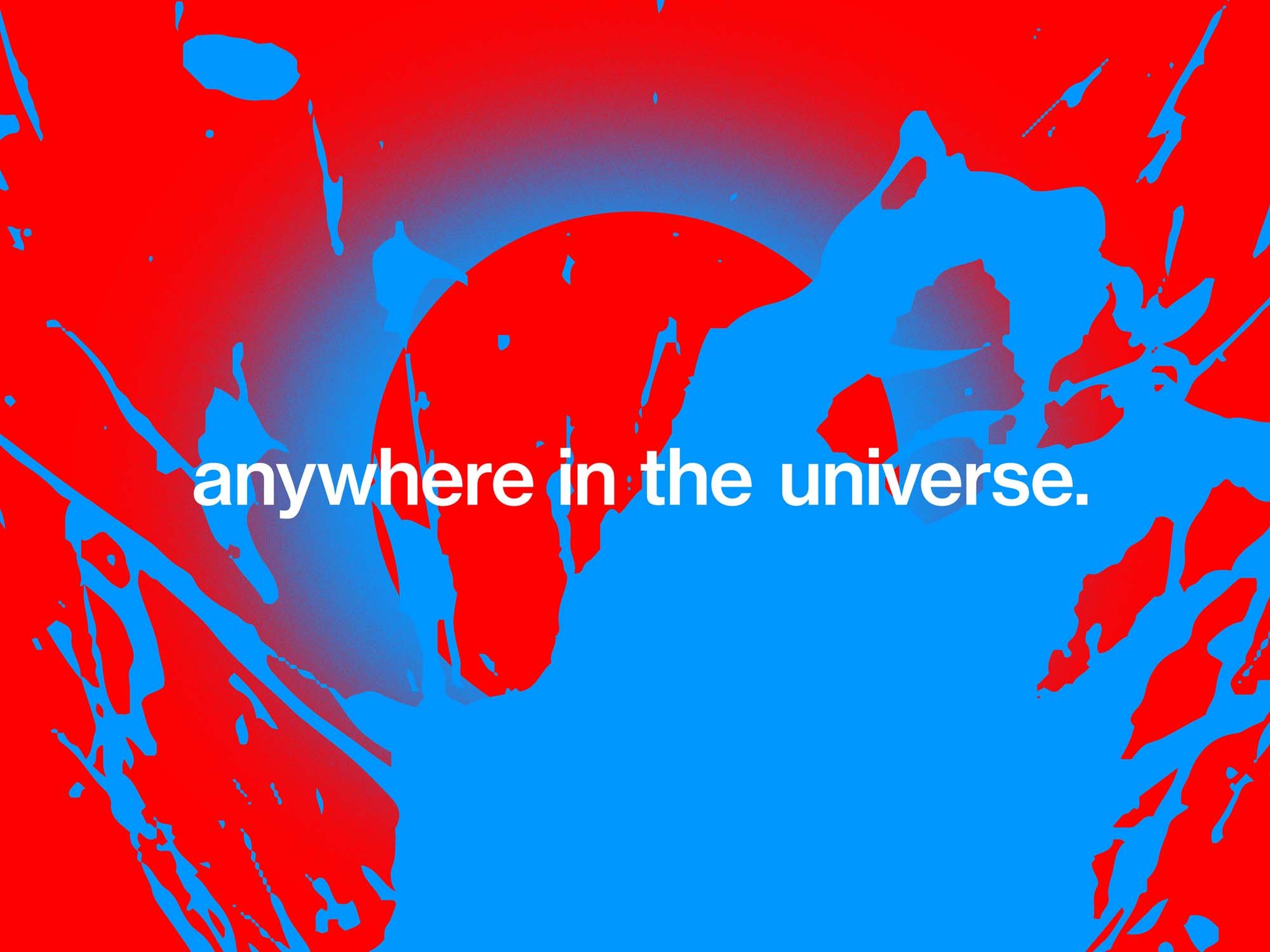
‘anywhere in the universe’ – Rabiya Choudhry, Kate Davis, Sean Edwards, Onyeka Igwe, Yuri Pattison
Design: Tom Joyes
‘anywhere in the universe’ is a new project that addresses the public library, looking at their present, past and future through a series of artists’ commissions by Rabiya Choudhry, Kate Davis, Sean Edwards, Onyeka Igwe, and Yuri Pattison. Launching in early 2023 with the work of Rabiya Choudhry, each of the commissioned works will be presented incrementally and sited in different locations across Glasgow.
Each artist will approach the library from differing positions and perspectives, from the nature of the buildings, or the systems that they use to organise information, to their social purpose. The project engages with libraries as essential spaces for knowledge exchange and community-building; as inspirational portals for imagination, belonging and civic identity; and as spaces for refuge and radical renewal.
Rabiya Choudhry has produced new illuminated signage for East-End libraries which are of particular significance to the artist. The signs borrow Carnegie’s motif of a flaming torch; a feature of many Carnegie library buildings as well as an emblem used as the bookplate for Carnegie’s own private library collection. In Choudhry’s work, the signs bear the words of African-American civil rights activist and organiser, Ella Baker (1903–1986) who worked to instigate societal change through individual and grassroots community empowerment. Baker’s words ‘give light and people will find the way’, invokes a spirit of togetherness and inspires hope for change.
Onyeka Igwe will develop a series of performances informed by pedagogical plays and socialist-realist participatory theatre to think through ways in which meaning is made collectively and examine how we tend to think about institutions. Working with a group of non-professional actors, the performances will address histories of institutional formation, revision and development within Glasgow’s municipal libraries, including early debates for and against free libraries, committees involved in selecting and banning books from the libraries, and recent community consultations.
Yuri Pattison’s sculptural video installation situated in the Mitchell Library will explore the shifting history of access to information. Paying attention to the establishment and management of libraries and various technologies that have systematised, contained and distributed knowledge, Pattison’s installation draws connections from the chained libraries of the Middle Ages, to the ‘open stacks’ model pioneered at Carnegie Libraries, encompassing more recent digital trends and the rapid reorganisation and encircling of knowledge through networked technology, artificial intelligence and corporate power. Speculating on the future trajectory and structural language of knowledge sharing, Pattison makes clear the political, material and social impacts of digital technology and the increasing privatisation of everyday life in our data-driven age.
Further details on projects by Kate Davis and Sean Edwards will be announced in 2023.
Yuri Pattison, ‘sun_set pro_vision’ (2020 — 2021). Vulcan game engine software, modified Dell PowerEdge R620, GeForce GTX 1650 GPUs, uRADMonitor MODEL A3 atmospheric monitor, HD digital signage monitors, Dexion slotted angle, aluminium EUR pallets, Dell PowerEdge R420 server chassis, “Travels into Several Remote Nations of the World” (London: Benj. Motte,1726) book, decapped GPU chip, cables, ethernet switch, padlock. Courtesy of the artist and mother's tankstation, Dublin & London. Photo: Ros Kavanagh. Commissioned by The Douglas Hyde Gallery, Dublin.
Glasgow has a particularly rich network of libraries, from many small, neighbourhood lending libraries, to the vast Mitchell Library – one of the largest reference libraries in Europe. Several of the local ‘district’ libraries were endowed by Scottish philanthropist and industrialist, Andrew Carnegie (1835–1919) in the early 20th century, some of the 2,811 lending libraries he created world-wide (Carnegie’s work during his lifetime was not without issue, with his extreme wealth built on aggressive industrial practices and racial segregation in US libraries). The district libraries were intended to provide free access to books and represented new technology in the distribution and systematisation of knowledge, whilst providing ‘relief from the pressures of daily life’ in specially designed buildings with high windows, vaulted ceilings, and ornate designs, described at the time by Carnegie as ‘palaces for the people’. The remaining Carnegie libraries in Glasgow, where still in use as such, have evolved and diversified to serve their contemporary communities.
Today, despite the drive to transpose many forms of knowledge online, there remains a distinct role for libraries. They are some of the last truly civic spaces in the heart of our communities: non-monetised, inter-generational spaces of exchange and refuge open to everyone, offering access to information, facilitating communal empowerment and advocacy, attributes that have been consistently brought into sharp focus over recent years and during the Covid-19 pandemic when many were closed.
Talking about his love of books to The Art Newspaper, American artist Charles Gaines explained that in his youth he had never been introduced to the true power and significance of African art; “but then I started reading some books,” he says, “and, obviously, books are the most ingenious invention in the history of anywhere in the universe.” It is through that notion, of holding books in the highest regard and valuing the possibility of discovery, of the adjacent, the tangent and the surprising, that our public libraries will be explored, unfolding as new bodies of knowledge.
Onyeka Igwe, ‘a so-called archive’ (2020). Film still. Courtesy of the artist.
About the artists /
Rabiya Choudhry was born in Glasgow in 1982 to Scottish and Pakistani parents. Choudhry studied at Edinburgh College of Art to MA level, graduating in 2006. She lives and works in Edinburgh.
Choudhry’s work explores the themes of identity and cultural displacement in contemporary British society with a darkly comedic approach. Her work expresses the complicated coupling of eastern and western cultures in richly vibrant portrayals of the different autobiographical portrayals. She makes paintings including large scale canvases, miniatures, murals, small painted sculptures, textiles and text-based artworks.
Recent exhibitions include ‘TESTAMENT’, CCA Goldsmiths, London (2022); ‘ambi’ with Fiona Jardine, Raisa Kabir, and Hanneline Visnes, CCA Glasgow; ‘Fabric of Society’ with Raisa Kabir, Jasleen Kaur and Rae-Yen Song, Glasgow International (both 2021); ‘BIG BROON STRESSED OOT EYES’ commissioned by Tramway, Glasgow (2020); ‘Coco!Nuts!’ (solo) Transmission Gallery (2018) and ‘DCA Thomson’, Dundee Contemporary Arts (2016-17).
Choudhry’s work ‘Dad’ (2018) is on permanent display at the Gallery of Modern Art, Glasgow after a major acquisition through the Contemporary Art Society’s Rapid Response Fund in 2020.
Kate Davis (b. New Zealand, lives and works in Glasgow) works across film/video, drawing, printmaking, installation and bookworks. Questioning how to bear witness to the complexities of the past, Davis’ artwork is an attempt to reconsider what certain histories could look, sound and feel like. This has often involved responding to the aesthetic and political ambiguities of historical artworks and their reception.
Solo exhibitions include: Neuer Aachener Kunstverein; A-M-G5 at 20 Albert Road, Glasgow; LUX, London; Stills, Edinburgh; Dunedin Public Art Gallery, New Zealand; The Drawing Room, London; Temporary Gallery, Cologne; GoMA, Glasgow; Galerie Kamm, Berlin; Museo de la Ciudad and La Galeria de Comercio, Mexico; Tate Britain, London; and Kunsthalle Basel amongst others.
Recent group exhibitions and screenings include: ‘Termite Tapeworm Fungus Moss’, CCA Glasgow; ‘Chips and Egg’, The Sunday Painter, London; 35th Kassel Documentary Film and Video Festival; ‘Class Reunion’, MUMOK, Vienna; ‘A Slice Through the World: Contemporary Artists’ Drawings’, Modern Art Oxford; ‘The Driver’s Seat’, Cubitt Gallery, London; The Margaret Tait Award 2016/17; Cinenova Presents ‘Now Showing’, LUX Cornwall; LUX/ BBC Artists and Archive commission; ‘GENERATION’, Scottish National Gallery of Modern Art; ‘HOUSE WORK CASTLE MILK WOMAN HOUSE’, Glasgow Women’s Library; ‘Art Under Attack’, Tate Britain; ‘The End of the Line: Attitudes in Drawing’, Hayward Touring Exhibition; ‘Art Sheffield 10’ (collaborative commission with Jimmy Robert); and ‘Das Gespinst’, Stadtisches Museum Abteiberg, Monchengladbach.
Sean Edwards (b. Cardiff 1980), graduated with an MA from the Slade School of Art in 2005, and is currently Programme Director for Fine Art & Photography at Cardiff School of Art and Design. Edwards’ work investigates the sculptural and political potential of the everyday, often using remnants and fragments of previous activities as a starting point. In many of the works there is a sense of objects being in-progress, indeterminate and open to change. The work intertwines simple sculptural objects, mixed media installations and audio-visual components with personal family and political histories.
He represented Wales at the 58th Venice Biennale (2019) and was awarded the Turner Prize Bursary in 2020 for the installation ‘Undo Things Done’.
Recent solo exhibitions include 'chased losses', Temple Bar Gallery, Dublin (2022) ‘distant borrowing’, Tanya Leighton, Berlin (2021); ‘Undo Things Done’, Tŷ Pawb, Wrexham, Senedd, National Assembly for Wales and Bluecoat, Liverpool (both 2020); ‘Drawn in Cursive’, MOSTYN, Llandudno and Network, Aalst, Belgium; ‘Putting Right’ Limoncello, London (both 2014); ‘Resting Through’ Kunstverein Freiburg (2012); and ‘Maelfa’ Spike Island, Bristol (2011). Group shows include ‘British Art Show 9’, Hayward Touring and ‘The World We Live In’, Southbank Art Centre, London (both 2022); ‘Olaph the Oxman’, Copperfield Gallery, London (2019); ‘49a’, Limoncello, Woodbridge (2016); ‘This is Your Replacement’, Sies + Höke, Düsseldorf (2016); ‘Un Nouveau Festival 2015’ Centre Pompidou, Paris; and ‘Finite Project Altered When Open’, David Dale Gallery & Studios, Glasgow (both 2015), amongst others.
Onyeka Igwe is an artist and researcher working between cinema and installation. She lives and works in London, UK. Her work is animated by the question “how do we live together?” with a particular interest in sensorial, spatial, and non-canonical ways of knowing. She uses embodiment, voice, archives, narration and text to create structural “figure-of-eights”, a format that exposes a multiplicity of narratives.
Solo exhibitions and commissions include ‘Ungentle’ (with Huw Lemmey), Studio Voltaire, London; ‘The Miracle on George Green’, Highline, New York (both 2022); ‘a so-called archive’, LUX, London; ‘THE REAL STORY IS WHAT’S IN THAT ROOM’, Mercer Union, Toronto, Canada, (both 2021), ‘There Were Two Brothers’, Jerwood Arts, (2019), and ‘Corrections’ with Aliya Pabani, Trinity Square Video, Toronto, Canada (2018). An upcoming solo exhibition, ‘A Repertoire of Protest (No Dance, No Palaver)’ will open at MoMA PS1, New York in March 2023.
Recent group exhibitions include ‘Reconfigured’, Timothy Taylor, New York 2021; Archives of Resistance, Neue Galerie, Innsbruck, Austria, (both 2021); ‘KW Production Series’, KW Berlin (2020); ‘New Labor Movements', McEvoy Foundation for the Arts, San Francisco; ‘[POST] Colonial Bodies II’, CC Matienzo, Buenos Aires, Argentina (2019); there’s something in the conversation that is more interesting than the finality of (a title)’, The Showroom, London (2018); and ‘World Cup!’, articule, Montreal (2018).
In 2022 Igwe was nominated for the Jarman Award and shortlisted for the Max Mara Art Prize for Women 2022–2024. She was awarded the 2021 Foundwork Artist Prize; the 2020 Arts Foundation Futures Award for Experimental Short Film; and was the 2019 recipient of the Berwick New Cinema Award in 2019.
The practice of Yuri Pattison (b. 1986, Dublin, Ireland; lives and works in Paris) connects and materialises the intangible spaces between the virtual and physical through video, sculpture, installation, and online platforms. It explores how new technologies such as the digital economy and online communication have shifted and impacted the systemic frameworks of the built environment, daily life, and our perceptions of time, space, and nature.
Solo exhibitions include ‘clock speed (the world on time)’, mother’s tankstation, London, (2022); ‘the engine’, Douglas Hyde Gallery, Dublin (2020-21); ‘trusted traveller’, Kunsthalle Sankt Gallen (2017); and ‘user, space’, Chisenhale Gallery, London (2016). Selected recent and upcoming group exhibitions include ‘Ruhr Ding: Schlaf’, Urbane Künste Ruhr, Germany; ‘Radical Landscapes’, Tate Liverpool (both 2023); ‘Post Capital’, Kunsthal Charlottenborg, Copenhagen (2022); ‘One Escape at a Time’, 11th Seoul Mediacity Biennale, Seoul; ‘No Linear Fucking Time’, BAK, Utrecht; ‘Proof of Stake' – Technological claims’, Kunstverein in Hamburg, Hamburg; ‘The Ocean’, Bergen Kunsthall, Bergen, Norway; ‘TECHNO, MUSEION’, Bolzano, Italy (2021); ‘Long Live Modern Movement’, CCS Bard, Hessel Museum, New York (2020) and ‘Phantom Plane, Cyberpunk in the Year of the Future’, Tai Kwun Contemporary, Hong Kong (2019).
Kate Davis, ‘Charity’ (2017) 16min HD video, installation view Stills Gallery, Edinburgh, 2017. Courtesy of the artist. Photo: Ruth Clark.
Project Details
Sean Edwards –
Yuri Pattison –
Kate Davis –
Onyeka Igwe –
Rabiya Choudhry –
Each artist project was accompanied by writing available from library locations for the duration of the project and from The Common Guild website for a limited time. The texts will be gathered together in a publication to be released in October 2023.
Video: Courtesy of The Ampersand Foundation. Realised by Piotr Sell.
Shop / Buy ‘anywhere in the universe’
Further Info
‘anywhere in the universe’ is supported by –
Related
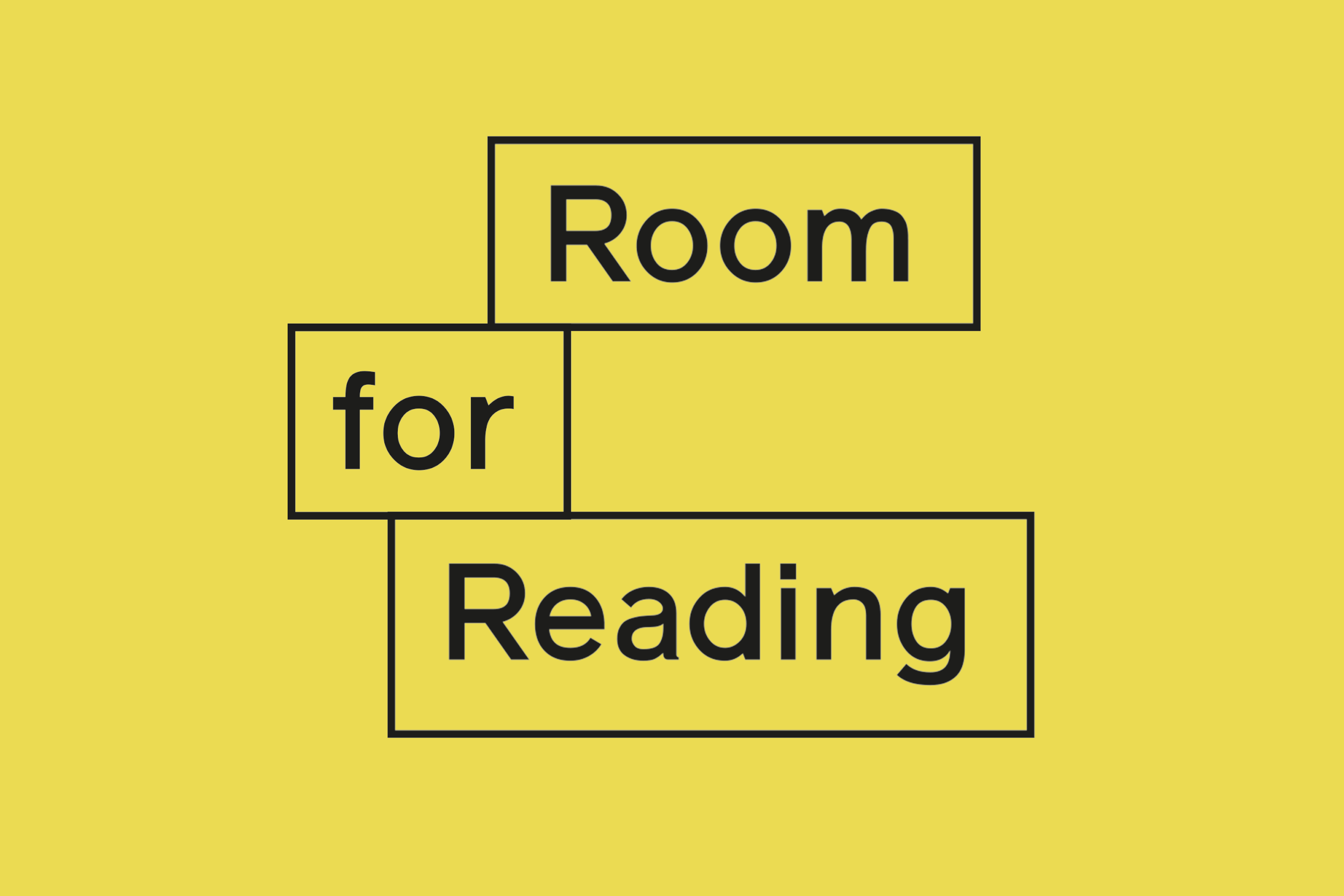
Room for Reading / Corin Sworn
As part of Corin Sworn’s investigative performance series, ‘Moving in Relation’, the artist has selected two recent publications that have informed her ongoing research into human interrelationships with technology.
‘The Atlas of Anomalous AI’ edited by Ben Vickers and K Allado-McDowell and Louise Amoore, ‘Cloud Ethics: Algorithms and the Attributes of Ourselves and Others’.
Corin Sworn has selected Ignota Books’ ‘The Atlas of Anomalous AI’ (2020) edited by Ben Vickers and and K Allado-McDowell and Louise Amoore, ‘Cloud Ethics: Algorithms and the Attributes of Ourselves and Others’ (2020).
“These books situate the collection and interpretation of digital data amid a history of devices built to grapple with mapping futurity and the unknown. ‘The Atlas of Anomalous AI’ is a beautiful compendium of objects and plans for ordering and predicting, drawn from across world history and into the present day. The collection circles and displaces a Western power, seeking to determine what is and is not admissible in cosmologies of recognition and futurity.
Louise Amoore considers, from various angles, the inherent unknowability and experimental nature of algorithmic devices. ‘Cloud Ethics’ draws from theorists within the social sciences to flag how power deploys and trims this open-ended seeking to harness and determine its own orders of the possible. Here, ethics lies in how the credible is determined as we reach into the imaginary.”
Corin Sworn
Details
In conjunction with our projects, exhibitions and events, Room for Reading offers artists we work with an opportunity to contribute to The Common Guild library and share the books and resources that have influenced their artistic practice.
Every artist’s selection is added to The Common Guild’s expansive reference library of artist books, catalogues, and cultural and critical theory.
Related
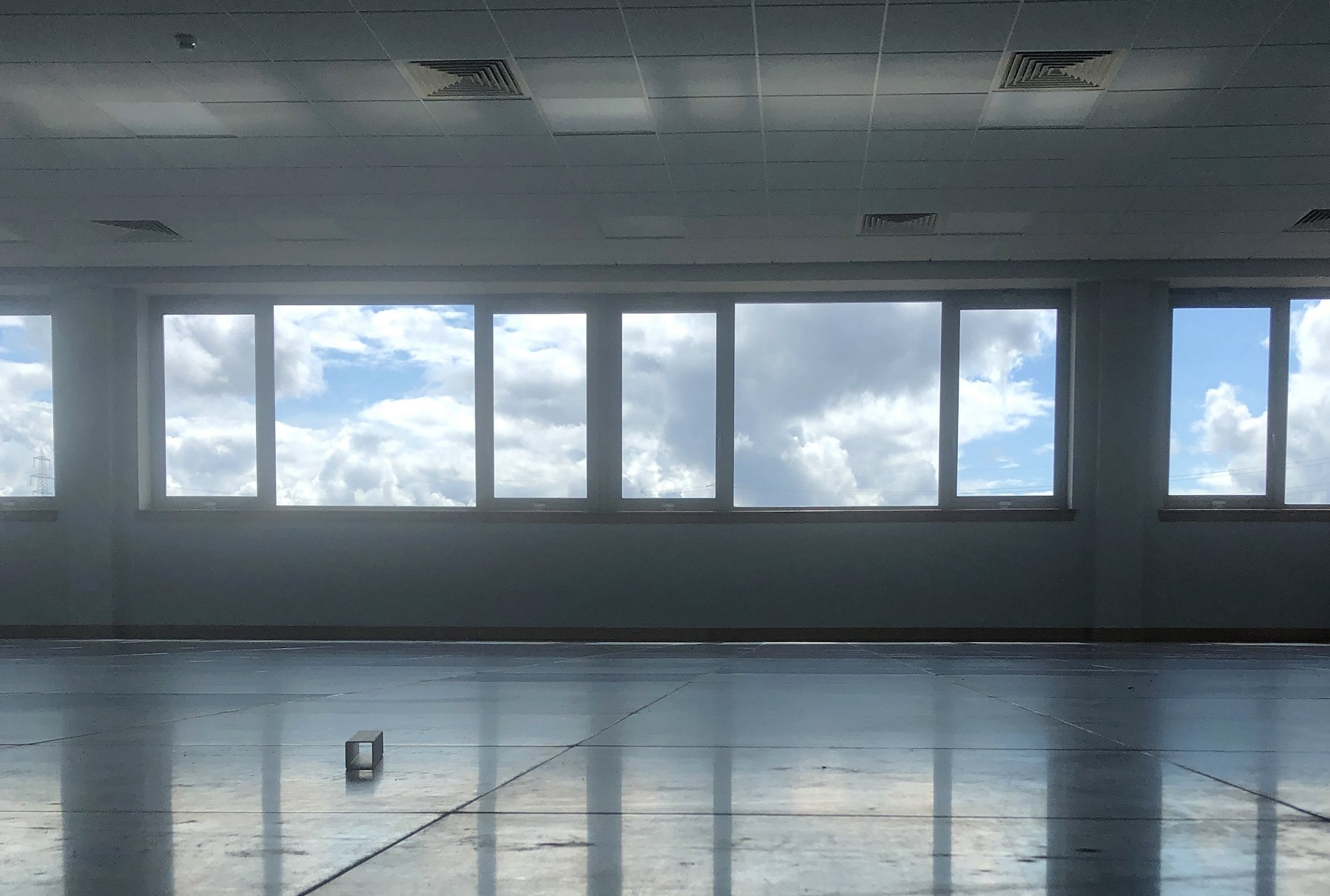
Moving in Relation 1. ‘eco-co-location’ – Corin Sworn and nussatari
Photo: courtesy of the artist.
Corin Sworn and nussatari present eco-co-location – a live one-off performance in a vacant office space within a near-empty suburban business park. Emerging through physical and verbal discussions, the performance explores dispersed sensation and variously suspended and compressed timeframes in response to this lapsed infrastructure of late capitalist administration.
Moving within the vast, stripped-out space, Sworn and Parinussa draw attention to the broad cloudscape visible through the building’s encircling windows. Clouds, employed as signifiers of data storage, insinuate connection between the material world and the complex concealed processes of corporate industries which, while remaining hidden and obscured, present as insubstantial, almost transcendent, ephemeral non-places.
Yet clouds, as shape shifting systems of condensation, have also long served as playful sites for shape spotting and make believe. As such, they can also speak to algorithmic machines which in a similar way, condense data whilst seeking to extrude patterns. These machines do so largely through correlation and abduction, seeking plausible generative associations without recourse to verification.
To engage these (in)operative metaphors and their associated processes nussa and Sworn have spent a period working into the affective qualities of feedback, delay and orientation amid systems that distribute sensation and trouble connection with echo.
This is the first in a series of five events entitled ‘Moving in Relation’ through which Sworn continues to research human interrelationships with technology. Working with dancers, academics and 'robot vision' equipped cameras, Sworn is developing a discursive and experimental event series that explores algorithmic thought, datafication and their influence on physical bodies while seeking to make obscure knowledge immanent and palpable.
Further Info
Corin Sworn wishes to thank the Leverhulme Trust, Creative Scotland and CCA, Glasgow.
Project Details
eco-co-location took place in a business park in the Clyde Valley. Coach travel was provided to and from the location. The performance lasted c.40 minutes.
Credits
Performance with sonic and sculptural installation: nussatari and Corin Sworn.
Sound Composition: nussatari,
Soft Sculpture and Costume: George Hampton Wale.
Sound technician: Guy Veale.
Film: Ambroise of Paradax Period.
Related

Janice Kerbel – 'Sink'
Janice Kerbel’s 'Sink’ is commissioned by The Common Guild as part of Festival 2018, the cultural programme for the Glasgow 2018 European Championships.
‘Sink’ takes the form of a synchronised swimming routine, using the language of synchronisation to explore the tensions between body and language, movement and stillness, the individual and the collective. Synchronised swimming is marked by a unique history infused with the magic of cinema, the discipline of dance, and the precision and athleticism of contemporary competitive sport. ‘Sink’ explores contradictions inherent in the form to imagine a compositional choreography that is both austere and extravagant, performed by specialist, elite female swimmers.
The first live performances of ‘Sink’ took place in the distinctive surroundings of The Western Baths Club, in the west end of Glasgow, on Friday 3 August. Established in 1876, The Western Baths Club is one of a handful of Victorian-era swimming pools in the UK that continue to be in active use. Operated as a private members’ club, ‘Sink’ offers a rare opportunity to visit the building, and to experience the remarkable pool environment through a unique event.
'Sink' is Kerbel’s largest project to date, and builds on her existent relationship with The Common Guild and Glasgow, where her work ‘DOUG’ was commissioned and first presented in the Mitchell Library in 2014. Kerbel was shortlisted for the 2015 Turner Prize for this work, which was re-configured and re-presented in the Turner Prize exhibition at Tramway.
The Western Baths was established in 1876 as a recreational club, mainly but not exclusively, for gentlemen. To this day it continues to provide services for health and wellbeing for all its members and visitors. It is one of a handful of Victorian era swimming pools that continue to be operational, including functioning gym apparatus (travelling rings and trapeze) above the pool, one of only three pools in the UK to retain such features.
Further Info
Documents
Chris Sharratt, ‘Janice Kerbel Dives Into The Surreal Art Of Synchronized Swimming’, Frieze, August 2018
Emma Balkind, ‘Back in at the deep end’, MAP, August 2018
Janice Kerbel, ‘Sink’ reviewed by Adam Benmakhlouf The Skinny, September 2018
Additional Links
The Western Baths Club
Festival 2018
Glasgow 2018 European Championships
Supported by
Project Details
Credits
‘Sink’ was choreographed by Janice Kerbel in collaboration with Adele Carlsen and Lorena Randi.
Thanks
Janice Kerbel would like to thank Borkur Arnarson, Cornelia Grassi, Karin Guenther, Sarah Hale, Catriona Jeffries and Mark Lewis.
The Common Guild would like to thank Aquabatix, Clydebank Synchro, Synchro Caledonia, Synchronised Swimming in Scotland, Malmsten, Katie Nicoll, Scott Paterson, and Lee Ross & the committee and membership of The Western Baths Club.
Related

Nasher Prize Dialogues – ‘Artists and Authorship: reference, relationships and appropriation in contemporary sculptural practice’
Photo: Alan Dimmick.
The Nasher Sculpture Center, Dallas, in association with The Common Guild, present a panel discussion with Katrina Brown, Director of The Common Guild, and artists Christine Borland, Sam Durant and Mark Leckey, for the 2018 Nasher Prize Dialogues.
The discussion considers ideas of artistic licence, and the use / re-use of existent material, as well as questions around ownership, originality, responsibility, and ethics in 21st century art production.
The Nasher Prize Dialogues are intended to foster international awareness of sculpture and of the Nasher Prize, and to stimulate discussion and debate.
Inaugurated in 2016, The Nasher Prize is the most significant award in the world dedicated exclusively to contemporary sculpture. It is presented annually to a living artist that has had an extraordinary impact on the understanding of the art form. Previous recipients have been Doris Salcedo, and Pierre Huyghe. The 2018 laureate is Theaster Gates.
Photo: Alan Dimmick.
Christine Borland (Kilcreggan, Argyll) is an artist whose work has often involved collaboration with institutions in other fields, including: forensic science, the history of medicine, medical ethics and human genetics. Borland frequently asks us to consider the fragility of human life and the way in which it is valued by social systems and institutions. Borland was shortlisted for the Turner Prize in 1997. Recent projects have included collaborative work with artist Brody Condon for Edinburgh Art Festival (2012), CCA, Glasgow (2015) and Stroom Den Haag (2016). Borland was the first BALTIC Professor at the BxNU Institute of Contemporary Art, Northumbria University (2011-16). She is currently developing a major research-led commission 'I Say Nothing' for 14-18 NOW and Glasgow Museums at Kelvingrove Art Gallery and Museum (supported by the Art Fund) reflecting on the centenary of the First World War.
Katrina Brown (Glasgow) is founding director of The Common Guild and a former director of Glasgow International Festival (2010 and 2012).
Sam Durant (Los Angeles) is a multimedia artist whose works engage a variety of social, political, and cultural issues. Often referencing American history, his work explores the varying relationships between culture and politics, engaging subjects as diverse as the civil rights movement, southern rock music, and modernism. He has had recent solo presentations in museums LACMA, LA (2014), MACRO, Rome, (2013) and has participated in the Panama, Sydney, Venice, Liverpool and Whitney biennial exhibitions. In 2013, his work ‘Scaffold’ – the subject of controversy in 2017 - was exhibited at Jupiter Artland, outside Edinburgh, after first appearing in documenta 13 in Kassel, 2012. Durant teaches at the California Institute of the Arts in Valencia, California.
Mark Leckey (London) works across multiple media and formats, including sculpture, sound, video, music and performance. Often citing existent artworks or making use of found footage, his notable video works have included 'Fiorucci Made Me Hardcore '(1999) and 'Industrial Light and Magic'(2008), for which he won the 2008 Turner Prize. Leckey’s work has been widely exhibited internationally, including recent solo exhibitions at MoMA PS1, New York (2016) and Wiels, Brussels (2014). His new solo exhibition will be at Tramway as part of Glasgow International from 20th April – 1st July 2018.
The Trades Hall of Glasgow was designed by Robert Adam in 1791-94. The medieval cathedral aside, it is the oldest building in Glasgow still in regular use for its original purpose. It is fully accessible.
Photo: Alan Dimmick.
Event Details
The Nasher Prize Dialogues took place in The Trades Hall of Glasgow and was live streamed by Nasher Sculpture Center as part of Glasgow International 2018.
Related

Michael Stumpf – 'We are more-dimensional'
Courtesy of the artist.
'We are more-dimensional' is an ambitious solo exhibition by Glasgow-based artist Michael Stumpf, presented by The Common Guild at Viborg Kunsthal for ‘The Sleepover: Rethinking Art Institutions’, which is part of Aarhus 2017.
Stumpf's sculptural installation is a complex collection of cast, carved, sewn and found objects. Each with their own resonance, from Viborg's particular geology, to the poems of Ursula K. Le Guin, and the zeros and ones of binary coding, Stumpf's works use sculpture to pose questions about the material and technological reality of the world we currently inhabit.
For this exhibition, Stumpf has worked with The Animation Workshop in Viborg to develop an augmented reality that animates a hand-blown glass vessel - an otherwise static object. Through digital means, he both seriously and humorously suggests that the object itself embodies stories that are otherwise invisible to us. Here, as in much of his previous work, Stumpf combines suggestive narrative fragments to create newly constructed myths for our time.
The Common Guild was invited to participate in ‘The Sleepover’ as part of Viborg Kunsthal’s research into new ways of thinking about art institutions and their resources. The starting point was a stay in the Kunsthal´s artist residency in 2016, where a number of artists and curators have developed new ideas and concepts for exhibitions. The outcome in 2017 comprises exhibitions by Swedish-Danish artist Andreas Emenius, the European network In Situ and The Common Guild.
Project Details
‘We are more-dimensional’ took place at Viborg Kunsthal, Viborg, Denmark in 2017.
The project was part of Aarhus, the annual festival of arts and culture.
Related

Steven Claydon – 'The Archipelago of Contented Peoples: Endurance Groups'
Research materials for ‘The Archipelago of Contented Peoples: Endurance Groups’. Courtesy of the artist.
Steven Claydon is known for sculptural work that examines the changing value of objects – aesthetic, functional and financial – a theme that has become more pertinent against the backdrop of threats to cultural heritage internationally. Working with a range of carefully sourced and fabricated components, encompassing the arcane and the high-tech, Claydon plays out the processes whereby objects come into being, accrue meaning, and endure and transform through environmental and cultural shifts.
Steven Claydon, ‘Double Jeopardy – Twin Studies’, (2017). Laminated MDF, shredded money, resin, painted resin, gold-plated blister packs, LED lights. Photo: Ruth Clark.
Claydon presents a group of new works spanning sculpture, installation and sound, in which he addresses the ideas of jeopardy and pressure. Claydon’s work often draws a parallel between physical pressures – such as those experienced at great depth, altitude, or in a vacuum – and the subtler kinds of pressures that are imposed on objects in terms of how they are used, viewed, presented or aestheticised within any given social or institutional context.
Within and between the works in the exhibition, Claydon poses the question of whether objects and concepts – emancipated from specific uses and contexts – possess a counterpart to the evolutionary survival strategies seen in humans and animals.
In parallel with Claydon’s exhibition in Glasgow, The Common Guild is co-operating with Mount Stuart, Bute as part of its contemporary visual arts programme on Steven Claydon, 'The Archipelago of Contented Peoples: Introduced Species’, which runs from 3 June - 29 October 2017.
This exhibition is Claydon’s first solo show in Scotland, continuing The Common Guild’s reputation for bringing important international artists to Scotland for the first time. Claydon’s exhibition in Glasgow follows a new commission as part of ‘The Persistence of Objects’ (2015) an exhibition curated by The Common Guild for Lismore Castle Arts, Ireland.
Steven Claydon (b. 1969 in London) lives and works in London and has worked in music and video as well as sculpture. In 2016 he was one of four artists shortlisted for the first Hepworth Prize for Sculpture.
He has exhibited widely over the last 20 years, including solo exhibitions at Bergen Kunsthall, Norway; Centre D’Art Contemporain Geneva, Geneva, Switzerland (both 2015); Firstsite, Colchester (2012); and White Columns, New York, USA (2006). He has also participated in numerous group exhibitions and biennales including Manifesta 11, Zurich and ‘Solid Liquids’, Kunsthalle Munster, Germany, (both 2016), 'The Persistence of Objects' curated by The Common Guild for Lismore Castle Arts (2015); ‘Busted’, High Line Commission, New York (2013): British Art Show 7: ‘In the Days of the Comet’, Hayward Gallery, London; Glasgow, UK; Plymouth, UK (2011); and ‘Rings of Saturn’, Tate Modern, London (2006).
Claydon has also curated several exhibitions including ‘The Noing Uv It’ for Bergen Kunsthall, Norway, together with Martin Clark (2015) and ‘Strange Events Permit Themselves the Luxury of Occurring’, Camden Arts Centre, London (2007).
Further Info
Documents
Adam Benmakhlouf reviews 'The Archipelago of Contented Peoples: Endurance Groups', The Skinny, May 2017
Steven Claydon’s parallel exhibitions at The Common Guild and Mount Stuart, Isle of Bute reviewed in The Scotsman, July 2017
Additional Links
‘The Archipelago of Contented Peoples: Endurance Groups’ is supported by the Henry Moore Foundation. With thanks to Industrial Gases company BOC, leading subsea operations and manufacturing company JFD and their National Hyperbaric Centre.
Project Details
Steven Claydon, 'The Archipelago of Contented Peoples: Endurance Groups' was presented at The Common Guild and followed by 'The Archipelago of Contented Peoples: Introduced Species’ at Mount Stuart, Bute later in 2017.
Read the Commentary by Lesley Young –
Related

Simon Starling – 'At Twilight: A play for two actors, three musicians, one dancer, eight masks (and a donkey costume)'
Simon Starling, 'At Twilight / The Hawk's Dance' (Choreographed by Javier De Frutos in association with Scottish Ballet) (2016). Courtesy of the artist and The Modern Institute/Toby Webster Ltd, Glasgow.
'At Twilight: A play for two actors, three musicians, one dancer, eight masks (and a donkey costume)’, by Simon Starling in collaboration with theatre director Graham Eatough, is presented for three nights at Holmwood House, a National Trust of Scotland property on the south side of Glasgow. The play forms part of a project developed by Starling over the last three years and accompanies the exhibition 'At Twilight' at The Common Guild.
Simon Starling in collaboration with Graham Eatough. 'At Twilight: A play for two actors, three musicians, one dancer, eight masks (and a donkey costume)' 2016. Photo: Alan Dimmick.
The exhibition includes a collection of material that relates to nine characters, some real, some fictional, all interconnected by Starling. 'At Twilight: A play for two actors, three musicians, one dancer, eight masks (and a donkey costume)’ references ‘At The Hawk’s Well’, a play by W.B. Yeats that was written and performed 100 years ago, in the midst of the First World War, when he was working with the poet Ezra Pound.
The performance makes use of masks made in collaboration with Yasuo Miichi and costumes made in collaboration with Kumi Sakurai and Atelier Hinode that form part of the exhibition. It also includes 'The Hawk's Dance' – specially devised by renowned choreographer Javier de Frutos, working with Scottish Ballet and dancer Thomas Edwards – presented on film and accompanied by live music from Chicago-based musician Joshua Abrams and Natural Information Society.
Holmwood House is a historic property owned by conservation charity the National Trust for Scotland. Described as Alexander 'Greek' Thomson's finest domestic design, it was built in 1857-8 for James Couper, a local businessman. The house is an echo of the context in which the original Yeats play was presented – a large private home in Cavendish Square, London – while the grounds offer a remarkable background reminiscent of the forest setting that recurs throughout the piece, both in the blasted landscape backdrop of WWI and the Ashdown Forest setting in which Yeats and Pound worked together. The performance includes an opportunity to experience the heritage of this remarkable property and its grounds.
Simon Starling (born 1967 in Epsom, Surrey, lives and works in Copenhagen). His work has been shown worldwide including many significant international exhibitions such as the 50th and 53rd Venice Biennales in 2003 and 2009 respectively. Recent solo exhibitions include Nottingham Contemporary and Backlit, Nottingham, and ‘Reset Modernity!’, ZKM Museum for Contemporary Art, Karlsruhe (all 2016), ‘Metamorphology’ Museum of Contemporary Art, Chicago (2014) and Musée d'art contemporain, Montréal (2015).
Starling completed the MFA course at The Glasgow School of Art in 1992 and from 1993 to 1996 he was a committee member of Transmission Gallery, Glasgow. Starling was Professor at the Städelschule, Frankfurt am Main, from 2003 to 2013, and in 2005 he was awarded the Turner Prize.
Graham Eatough (b. 1971, Blackburn, lives and works in Glasgow) is a theatre maker who also works in visual arts and film. His most recent projects include directing 'Lanark: A Life in Three Acts' for the Edinburgh International Festival and the Citizens Theatre, Glasgow which won the Herald Angel Award, 'HeLa' by Adura Onahsile which won Scottish Arts Club Best Scottish Production at the Edinburgh Fringe, and 'The Making of Us', an interdisciplinary collaboration with artist Graham Fagen for Glasgow International Festival of Visual Art 2012. The film of 'The Making of Us' premiered at the Edinburgh International Film Festival 2013. Eatough was co-founder of Suspect Culture.
Venezuelan choreographer Javier De Frutos has received a great number of accolades including the 1995 Paul Hamlyn Award, 1996 Bagnolet Prix d’ Auteur, 1997 South Bank Show Award, 2004 Time Out Live Award and the 2005 Critics Circle National Dance Award for Best Choreography. His collaboration with Pet Shop Boys for The Most Incredible Thing earned Javier the 2011 Evening Standard Theatre Award, and a Critics Circle Best Choreographer nomination in 2012. Javier is a 5 time Olivier Award nominee and won the 2007 Olivier Award for Best Theatre Choreographer for his work on the musical Cabaret. Javier’s work is in the repertoire of leading dance companies including the Rotterdam Dance Group, Rambert Dance Company, the Royal New Zealand Ballet and Scottish Ballet.
The National Trust for Scotland is an independent charity set up in 1931 for the preservation and conservation of natural and human heritage that is significant to Scotland and the world. The Trust has gone on to become Scotland's largest membership organisation and a leader in conserving and promoting the nation's treasured places and collections so that they can be enjoyed by present and future generations.
Scottish Ballet is Scotland’s national dance company and presents a wide range of high-quality dance to audiences across Scotland, the UK and abroad. The Company has a long-standing interest in collaborating with artists, including most recently Martin Boyce and Rosalind Nashishibi.
Joshua Abrams developed his voice in the rich ferment of the 1990s Chicago music world, participating heavily across the city’s jazz, experimental & rock scenes. Over the last two decades he has recorded and toured with a wide range of artists including extended engagements with Fred Anderson, Bonnie ‘Prince’ Billy, Hamid Drake, Theaster Gates, Neil Michael Hagerty, Nicole Mitchell, Jeff Parker, Mike Reed, Matana Roberts, and The Roots. A film composer, Abrams has scored the music for five feature length films including the award-winning films Life Itself, The Interrupters and The Trials of Muhammad Ali.
Since 2011 Abrams has toured North America and Europe with a shifting-line up of musicians as ‘Natural Information Society’, which was assembled around his interests in the Moroccan instrument the guimbri. The band's most recent album, Magnetoception, was selected by The Wire Magazine as the #3 record of 2015 & by Pitchfork as the #2 experimental record of 2015. The group uses traditional and conventional instrumentation to create long-form intricately psychedelic environments, composed and improvised, which join the hypnotic qualities of Gnawa guimbri music to a wide range of contemporary musics and methodologies including jazz, minimalism and krautrock.
Abrams has collaborated with Simon Starling on previous works including 'El Eco' (2014).
Simon Starling in collaboration with Graham Eatough. 'At Twilight: A play for two actors, three musicians, one dancer, eight masks (and a donkey costume)' 2016. Photo: Alan Dimmick.
Further Info
Documents
Joyce McMillan reviews 'At Twilight: A play for two actors, three musicians, one dancer, eight masks (and a donkey costume)', The Scotsman, August 2016
Chris Sharratt reviews 'At Twilight: A play for two actors, three musicians, one dancer, eight masks (and a donkey costume)', Frieze, September 2016
Additional Links
Japan Society
The National Trust for Scotland
Scottish Ballet
Joshua Abrams
Project Details
'At Twilight: A play for two actors, three musicians, one dancer, eight masks (and a donkey costume)’, 2016 was presented from 26-28 August at Holmwood House, Glasgow.
Credits
‘At Twilight’ was commissioned by The Common Guild in collaboration with the Japan Society, New York.
Script by Simon Starling and Graham Eatough
Directed by Graham Eatough
Choreography by Javier De Frutos and Scottish Ballet
Music by Joshua Abrams and Natural Information Society
Performers: Adam Clifford and Stephen Clyde
Musicians: Joshua Abrams and Natural Information Society.
Costumes made by Kumi Sakurai and Atelier Hinode Tokyo, Japan.
Masks by Yasuo Miichi, Osaka, Japan
Blast tree made by Simon Hopkins/Scott Associates Sculpture and Design, Glasgow.
Shop / Buy ‘At Twilight’ –
Related
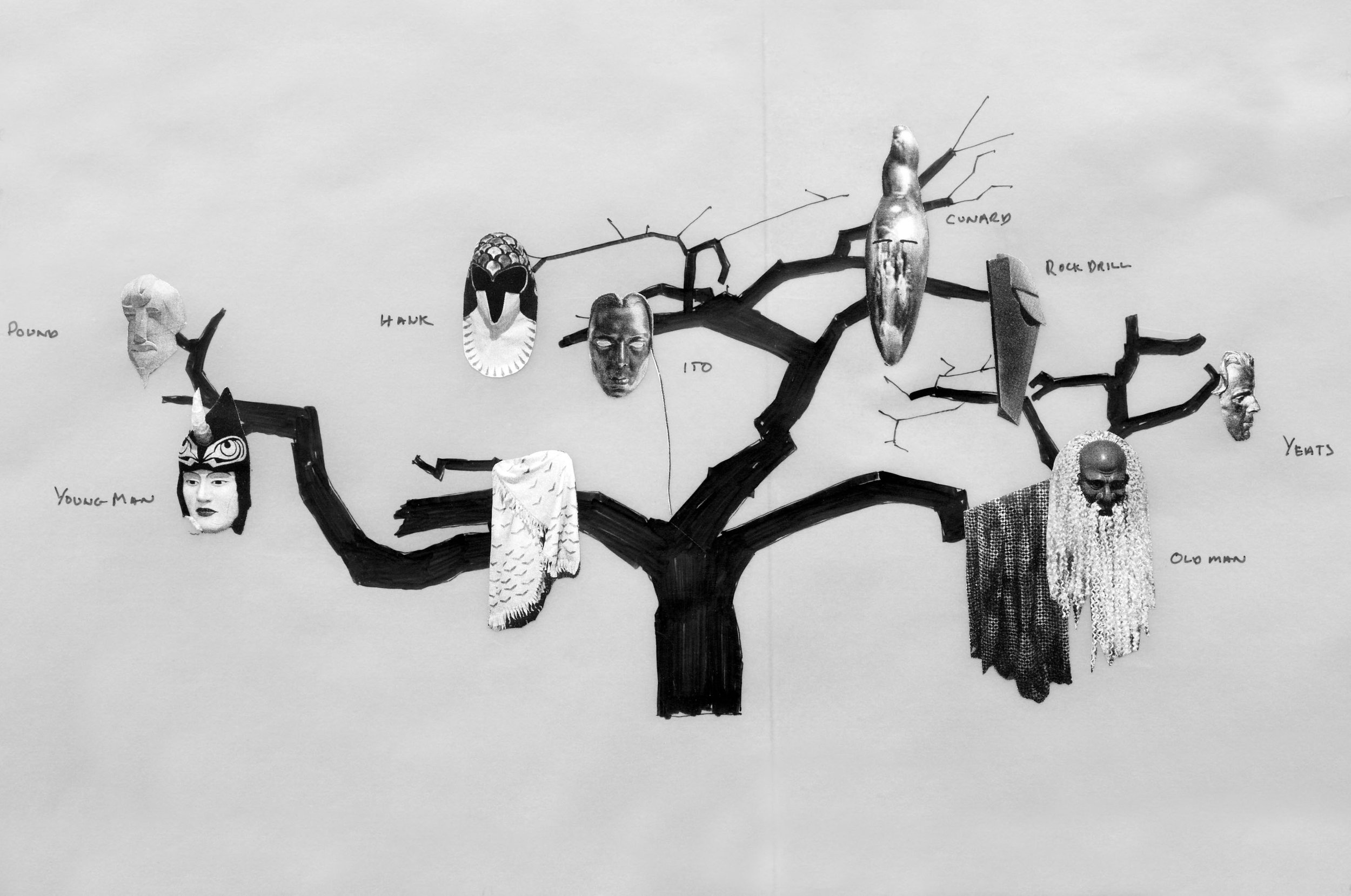
Simon Starling – 'At Twilight'
Simon Starling, 'At Twilight' (Production Drawing), (2016). Courtesy of the artist and The Modern Institute/Toby Webster Ltd, Glasgow.
‘At Twilight’ is an ambitious new project by Simon Starling, developed in collaboration with theatre director Graham Eatough, which revolves around a WB Yeats play, ‘At the Hawk’s Well’. Imagined as a play, the project first takes form as an exhibition, presenting the rich array of associations and remarkable stories.
‘At the Hawk’s Well’ was written and performed in April 1916 in what Starling describes as “an odd cross-cultural mash-up in an English garden, at a traumatic moment in European history”. The play was written by Yeats while working with poet Ezra Pound and was inspired by traditional Japanese ‘Noh’ theatre. It is a fusion of Irish folklore and what Yeats then saw as an exciting new possibility for theatre.
Simon Starling, 'At Twilight', installation view, The Common Guild, 2016. Photo: Ruth Clark.
‘At Twilight’ encapsulates this dynamic discourse between tradition and the avant-garde, in a kind of absurd, dramatised tussle between history, mythology and Modernism. The inventions and innovations of Modernism have long been a source of interest for Starling, as has the trans-national movement of the people and ideas that shaped cultural history.
Extending from the core of the play through the circumstances of its coming into being, ‘At Twilight’ weaves together some surprising and significant inter-connections of influential figures and works through a particular time and place. This first presentation of Starling’s project coincides with the centenary of the play’s first appearance, in the middle of the First World War.
The exhibition at The Common Guild includes a group of masks and costumes for a performance, at the heart of which sits an imagined dialogue between Ezra Pound and W.B. Yeats, to be enacted as a fencing duel (as well as introducing him to ‘Noh’ theatre, Pound taught Yeats to fence). Starling’s masks, made by Japanese master mask-maker, each represent one of a range of inter-connected characters, both real and fictional. The nine characters represented include Yeats and Pound, as well as the 3 characters that appear in the original Yeats play, including and building on a work realised by Starling for the Yokohama Triennale in 2014 ‘At the Hawk’s Well (Grayscale)’, described as ‘Three costumes designed by Edmund Dulac and Michio Ito for the 1916 London premier of W.B. Yeats’ Noh-inspired play for dancers At the Hawk’s Well, reproduced in a grayscale palette using available historical documentation’.
Alongside Yeats, Pound and the fictional characters are: Nancy Cunard (1896 - 1965), daughter of the host of the 1916 performance and an heir to the Cunard Line shipping business; Michio Ito (1892 - 1961), a Japanese dancer who played The Hawk in the 1916 performance and went on to work with Martha Graham later in his career; Jacob Epstein’s ‘Rock Drill’ (1913 - 14), probably the sculptor’s most radical work, a fore-boding man-machine that first came into being before the start of WWI but was radically amended in 1916; and Eeyore, the famously glum donkey from A.A. Milne’s ‘Winnie the Pooh’ stories (first appearing 1926), set in the same Ashdown Forest where Yeats and Pound spent the winters of 1913-16, represented here in the form of a pantomime donkey costume for two actors.
The backdrop of the war and its devastation is evoked in the exhibition by a group of ‘blast trees’. These highly figurative stands, on which Starling exhibits the masks, take the form of charred, black tree trunks, echoing the ‘blasted landscapes’ of WWI.
‘At Twilight’ includes a danced segment - presented as film in the exhibition - devised specially by renowned choreographer Javier de Frutos, working with Scottish Ballet and dancer Thomas Edwards using the ‘grayscale’ Hawk costume. The music for the Hawk’s dance was created by Chicago-based musician Joshua Abrams and the Natural Information Society.
Further Info
Additional Links
Laura Campbell, ‘Simon Starling - At Twilight Review’, The Sunday Times, July 2016
‘At Twilight – Review’, The Scotsman, July 2016
Chris Sharratt reviews 'At Twilight: A play for two actors, three musicians, one dancer, eight masks (and a donkey costume)', Frieze, September 2016
Documents
Supported by
Creative Scotland, Sylvia Waddilove Foundation, Outset Scotland and the Japan Society of the UK.
Project Details
‘At Twilight’ was commissioned by The Common Guild in collaboration with the Japan Society, New York.
Credits
Choreography by Javier De Frutos and Scottish Ballet
Music by Joshua Abrams and Natural Information Society
Costumes made by Kumi Sakurai and Atelier Hinode in Tokyo, Japan
Masks made by Yasuo Miichi, Osaka, Japan
The exhibition 'At Twilight' was also presented at the Japan Society Gallery, New York, in October 2016.
Read the Commentary by Isabella Shields –
Engagement –
Artist and theatre designer Kate Temple led a series of workshops focusing on ‘At Twilight’. The sessions explored the cross-disciplinary nature of the exhibition and ways of approaching art practice and collaboration.
Related

Screening / Phil Collins, 'Tomorrow Is Always Too Long'
Phil Collins, 'Tomorrow Is Always Too Long' (2014) video still. Courtesy of the artist.
As part of 'Crossing the Line' a series of screenings relating to films that push at the boundaries between visual art and cinema, Phil Collins’ film ‘Tomorrow Is Always Too Long’ screens at Glasgow Film Theatre, followed by a Q&A with The Common Guild Director, Katrina Brown.
‘Tomorrow is Always Too Long’ was originally commissioned by The Common Guild as part of Festival 2014 and screened in for one night only in Queen’s Park.
Related

Phil Collins – 'Tomorrow Is Always Too Long'
‘Tomorrow Is Always Too Long’ is a project by Phil Collins that conjures a distinctive vision of Glasgow from the perspective of institutions that describe the scope of human experience and define us as social beings.
In 2014 Collins met people in maternity hospitals, schools, community groups, and social clubs for the elderly, asking them to sing songs, make predictions for the future, debate the status of freedom in today’s society, guide us through the city’s most famous prison, and dance like there’s no tomorrow. These sequences were framed through an imaginary public-access network, one which, high on bad attitude and with just a hint of mayhem, makes an appeal to the epic pleasures of channel surfing and the potential for low-budget television to reinvent itself through its viewers and their take on life as we somehow still live it.
Phil Collins, 'Tomorrow Is Always Too Long' (2014) video still. Courtesy of the artist.
With animation by Matthew Robins and stellar soundtrack contributions from Welsh pop-enigma Cate Le Bon, Mogwai’s very own Barry Burns, local voodoo ravers Golden Teacher, and the esteemed Royal Scottish National Orchestra, ‘Tomorrow Is Always Too Long’ took the audience on a trip deep into the heart of the city and beyond.
Project Details
‘Tomorrow Is Always Too Long’ was presented in Queen’s Park as a one-night-only free event. Centered around an installation of multiple LED screens set up in the old rose garden, an open terrace with views over the city and the hillside beyond, this memorable evening evoked the park’s great tradition of public gatherings, from political protests to music festivals.
An official Festival 2014 event.
Related
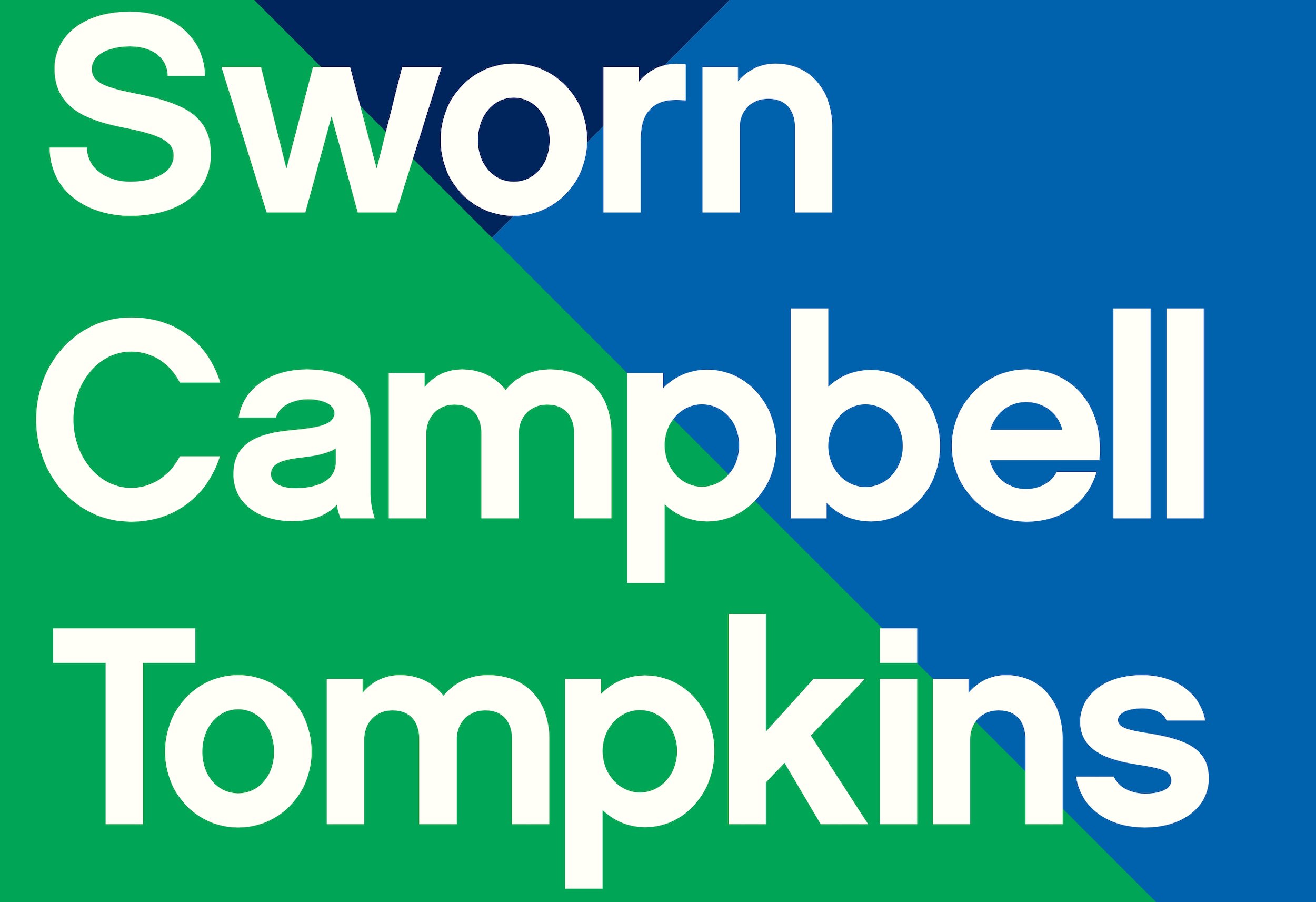
Scotland + Venice – 'Sworn / Campbell / Tompkins'
Design: Graphical House
‘Sworn / Campbell / Tompkins’ Scotland + Venice 2013 is an exhibition of works by Corin Sworn, Duncan Campbell and Hayley Tompkins, three of the most consistently interesting artists working in Scotland today, presented by The Common Guild in the Palazzo Pisani (S. Marina).
Hayley Tompkins, ‘Digital Light Pool (Orange)’ (2013). Installation view ‘Scotland + Venice 2013: Sworn / Campbell / Tompkins’Commissioned by The Common Guild for Scotland + Venice 2013
Corin Sworn creates installations that explore the ways objects can circulate stories and histories. Often combining images with spoken narrative, her work examines the cultural and personal significance attributed to things and how they in turn narrate us as social subjects.
Duncan Campbell produces films that look at representations of the people and events at the heart of very particular histories. Combining archive material with his own footage, his work questions the authority, integrity and intentions of the information presented.
Hayley Tompkins makes painted objects that transform familiar, commonplace things – such as knives, hammers, mobile phones or furniture. Her work articulates the relationship between the form, feel and function of an object.
Project Details
Scotland + Venice was a partnership between Creative Scotland, British Council Scotland and the National Galleries of Scotland.
Scotland + Venice 2013 was presented by The Common Guild, Glasgow. The artist’s work was re-presented in Scotland at The Common Guild in the summer of 2014.
Shop / Buy Corin Sworn / Duncan Campbell / Hayley Tompkins 'Scotland + Venice 2013' Publication
Related

Primer / Duncan Campbell
Duncan Campbell, ‘It for others’ (2013). 16mm film transferred to digital video, 54 minutes. Commissioned by The Common Guild for Scotland + Venice 2013.
The Common Guild presents Duncan Campbell, as part of a series of 'Primers' to accompany ‘Scotland + Venice 2013′.
Event Details
‘Primers’ offer an opportunity to hear from artists developing projects with The Common Guild. This event was presented in collaboration with the University of Glasgow and introduced by Dr. Dominic Paterson.
Listen -
Related

Primer / Corin Sworn
Corin Sworn, ‘Incidents in Circulations’ (2014). C-type print, glass of water, shelf. Photo: Ruth Clark.
The Common Guild presented Corin Sworn, as part of a series of 'Primers' to accompany ‘Scotland + Venice 2013′.
Event Details
‘Primers’ offer an opportunity to hear from artists developing projects with The Common Guild. This event was presented in collaboration with the University of Glasgow and introduced by Dr. Dominic Paterson.
Listen -
Related

Primer / Hayley Tompkins
Hayley Tompkins, ‘Digital Light Pools’ (2013/4). Acrylic paint on plastic. Photo: Ruth Clark.
The Common Guild presented Hayley Tompkins, as part of a series of 'Primers' to accompany ‘Scotland + Venice 2013′.
Event Details
‘Primers’ offer an opportunity to hear from artists developing projects with The Common Guild. This event was presented in collaboration with the University of Glasgow and introduced by Dr. Dominic Paterson.
Listen -
Related

Ruth Ewan – 'The Glasgow Schools'
Ruth Ewan, The Glasgow Schools. Photo: Alan Dimmick
'The Glasgow Schools' is a project by artist Ruth Ewan. It maps out the city’s Proletarian, Socialist Sunday Schools and Socialist Fellowship Schools, part of a network of alternative educational organisations that once spread across the UK, of which Glasgow was a particular centre. The schools explored a spectrum of left-wing ideologies with children and young adults, from the Marxist revolutionary zeal of Tom Anderson’s Proletarian Schools (1918–c.1939) to the Christian leaning ethics of the early Socialist Sunday Schools (1896–1965), which later evolved into the Socialist Fellowship (1965–1980).
The exhibition brings together, for the first time, archive material relating to the schools from a number of public and private collections, accompanied by an events programme of talks and discussion, song, performance and magic. Ewan presents a series of poster works, a pamphlet, and a new documentary available to view here, made using archival footage and first hand accounts of the schools, exploring the affect they had on the lives of those involved. The project’s chosen exhibition space, Scotland Street School Museum, purposefully brings this influential and largely hidden movement into the wider context of Glasgow’s educational history.
Project Details
‘The Glasgow Schools’ was presented at Scotland Street School Museum. The project was curated by Kitty Anderson and Siobhan Carroll in association with The Common Guild as part of Glasgow International Festival of Visual Art.
Related

Gerard Byrne – 'Images or shadows of divine things'
Gerard Byrne, 'Images or shadows of divine things', (2005 – ongoing) (detail). Courtesy of the artist.
‘Images or shadows of divine things’ is an on-going series of photographs accumulated since 2005 by Byrne. The modestly presented monochrome images of the United States share a distinct ambiguity; although made over the course of the five years leading up to the exhibition, the images appear to depict a much earlier time. Whilst evoking vernacular photographic idioms of American mid-century photography, cumulatively the series pointed towards the complicated relationship between time, appearance, and the photographic document. Anchoring the project with a reference to a text by the 18th century American theologian Jonathan Edwards, the work shadowed an American intellectual tradition stretching back to the Puritans which perceives the world as inextricably prefigured in the bible.
Gerard Byrne is an artist whose work regularly reconstructs found scenarios from the past, often drawing from television and magazine culture. Using video and photography, he explores how the future has been envisaged in the past. This exhibition accompanied, and was a counterpoint to, Byrne’s major new video work commissioned by and for Glasgow International Festival of Visual Art. Entitled ‘A thing is a hole in a thing it is not’, the project comprises four films that look at Minimalist sculpture as a pre-figuration of time-based artistic forms.
Gerard Byrne, 'Images or shadows of divine things', (2005 – ongoing) (detail). Courtesy of the artist.
Exhibition Details
Artist Talk
Gerard Byrne talked about his exhibition at The Common Guild ‘Images or shadows of divine things’ on 17 June 2010.
Exhibition Talk
Katrina Brown, Director of The Common Guild, talked about Gerard Byrne’s work including his commission for Glasgow International Festival of Visual Art ‘A Thing is a hole in a Thing it is not’ on 24 April 2010.
Read the Commentary by Jonathan Griffin –
Related

Martin Creed – 'Things'
Martin Creed, 'Work No. 800' (2007) (detail). Courtesy of the artist and Hauser & Wirth, London. Photo: Ruth Clark.
Martin Creed likes opposites. On and off, open and closed, big and small, in and out, light and dark — versions of something and nothing. His work often sets up extremes and by doing so he opens up the space in between. Utilising commonplace materials from copy paper and cardboard boxes to dining room tables and office chairs, he presents the spectrum of possibilities we are offered every day and highlights the absurdity that can be found in the ordinary. Creed’s simple gestures often achieve dramatic results, and although not always immediately obvious, his approach to objects and materials can change the viewer’s idea of them forever.
‘Things’ makes use of the domestic setting of 21 Woodlands Terrace, continuing Creed’s interest in playing with our perceptions of spaces and places whilst disrupting our expectations of the gallery environment. The exhibition included several collections of similar objects, carefully ordered according to size, highlighting Creed’s use of control while exposing the more off-kilter side of his practice. Creed is known for producing a range of works that interfere with the act of seeing itself, such as lights that go on and off and doors that close as soon as they open. At The Common Guild, Creed presents an equally testing work, drawing attention but denying access to one of the building’s greatest assets: its view.
Related

The Rodney Graham Band – 'The Rodney Graham Band Live / Featuring the Amazing Rotary Psycho-Opticon'
The Rodney Graham Band Live / Featuring the Amazing Rotary Psycho-Opticon' at ABC Glasgow.
'The Rodney Graham Band Live / Featuring the Amazing Rotary Psycho-Opticon' is a rare, unmissable UK performance for renowned Vancouver-based artist Rodney Graham and his band, bringing Graham’s signature blend of rock and roll psychedelia with folk music earnestness to Glasgow with a spectacular backdrop that is part pedal-powered kaleidoscope, part Marcel Duchamp Roto-relief.
Though best known as an artist for his films, photographs and installations, music has been a major part of Graham’s work throughout his career: from performing with the band ‘UJ3RK5’ in Vancouver in the late 1970s, through composing soundtracks for slide and film works to, most recently, recordings and performances as a singer-songwriter, including the CDs ‘Rock is Hard’, ‘I’m a Noise Man’ and his 2007 album ‘Why Look for Good Times?’.
‘Graham has always kept the question open: Am I a musician trapped in an artist’s mind or an artist trapped in a musician’s body?’
Kim Gordon
Project Details
A collaboration with the Public Art Fund, New York. Presented by The Common Guild in association with Glasgow International Festival 2008.
Related

Martin Creed – 'Words and Music'
Martin Creed, ‘Words and Music’, The Common Guild at the New Athenaeum, 2007. Photo: Jethro Collins.
A unique live performance by Martin Creed, ‘Words and Music’ is somewhere between a contemporary take on music hall variety show and an artist’s talk, involving song, dance, image, and words and music.
Martin Creed’s performances stem from the same desire ‘to communicate somehow’ that fuels the installations, text works and drawings for which he is well known.
Involving the artist, his band, a string quartet and two dancers, ‘Words and Music’ sets up an extra-ordinary encounter between artist and audience, working with and in a traditional theatre environment. With all the wit, simplicity and absurdity you would expect, ‘Words and Music’ takes shape in situ, to be a truly unique event.
Martin Creed, ‘Words and Music’, The Common Guild at the New Athenaeum, 2007. Photo: Jethro Collins.
Martin Creed (born 1968) is a British artist and musician. He won the Turner Prize in 2001 for Work No. 227: The lights going on and off. Creed lives and works in London.
Event Details
Words and Music was performed for one night only at the New Athenaeum, Royal Scottish Academy of Music and Drama, now the The Royal Conservatoire of Scotland.













